The shoulder is one of the most complex joints in the human body, enabling a vast range of motion. Understanding the shoulder muscles is essential for anyone interested in fitness, rehabilitation, or simply learning about human anatomy. This article will break down the anatomy of the shoulder, provide labeled diagrams, and give you an in-depth look at the muscles that allow for such versatile movement.
Introduction to Shoulder Muscles Anatomy
The shoulder is often considered one of the most versatile joints in the body, with the ability to move in almost any direction. This is thanks to the intricate network of muscles surrounding it. These muscles work together to allow for smooth and controlled movement, providing the flexibility needed for a variety of activities from everyday tasks to athletic performances. In this section, we'll delve into the anatomy of shoulder muscles and their essential functions.
The Importance of Shoulder Muscles
Shoulder muscles play a crucial role in nearly every upper body movement. They are vital for lifting, pushing, pulling, and even reaching overhead. Without a well-functioning shoulder muscle system, basic movements would become incredibly difficult and painful.
Role in Movement and Stability
The primary role of shoulder muscles is to provide both mobility and stability. While certain muscles allow for a wide range of movements like arm rotation and overhead lifting, others ensure the joint remains stable during these actions.
Overview of Shoulder Muscle Groups
The shoulder muscles are classified into several groups based on their location and function. Here's a quick overview of the primary muscle groups involved in shoulder function.
Primary Muscle Groups of the Shoulder
- Deltoid: The large muscle covering the shoulder joint. It's responsible for most of the shoulder's lifting movements.
- Rotator Cuff: A group of four muscles that stabilize the shoulder and enable arm rotation.
- Pectoralis Major: Located on the chest, it helps in shoulder adduction and flexion.
- Latissimus Dorsi: Located in the back, this muscle aids in extending and rotating the arm.
How Muscles Work Together
Shoulder muscles don’t operate in isolation. They work in harmony to ensure proper movement, often acting as synergists or antagonists depending on the type of movement.
Diagram of Shoulder Muscles: Visualizing the Anatomy
A shoulder muscles diagram is one of the best tools for understanding the intricate anatomy of the shoulder. It helps visualize the exact location and function of each muscle group, making it easier to understand their individual roles.
Understanding the Anatomy Through a Shoulder Diagram
A diagram of shoulder muscles typically shows the various muscles, tendons, and bones surrounding the shoulder joint. This visual aid can help anyone from beginners to medical professionals understand the body’s structure more effectively.
Why Diagrams Help in Learning Muscle Structure
Diagrams give clarity that descriptions alone can’t always provide. By labeling each muscle, you can see how they overlap and interact, making it easier to comprehend their purpose in the body’s movement.
Key Muscles of the Shoulder
Here are some of the most important muscles involved in shoulder movement:
Deltoid
The deltoid muscle is the large, triangular-shaped muscle on the top of the shoulder. It's responsible for arm abduction, which is the movement of the arm away from the body.
Rotator Cuff Muscles
The rotator cuff is a group of four muscles that help stabilize the shoulder. These muscles allow for fine motor control and smooth movement of the arm. They are the supraspinatus, infraspinatus, teres minor, and subscapularis.
Trapezius
Located in the upper back, the trapezius plays a significant role in shoulder elevation and rotation. It helps maintain posture and supports the neck and head.
Pectoralis Major
This chest muscle is key in shoulder adduction, flexion, and internal rotation, allowing the arm to move across the body.
Latissimus Dorsi
The latissimus dorsi is a broad muscle that covers the lower back. It assists in shoulder adduction and extension, helping to bring the arm down from an overhead position.
Detailed Look at the Rotator Cuff Muscles
The rotator cuff is arguably the most critical group of muscles in the shoulder. They play a pivotal role in stabilizing the joint and enabling precise movements.
Supraspinatus
This muscle helps lift the arm and stabilize the shoulder joint. It’s particularly involved in the first 30 degrees of arm abduction.
Infraspinatus
This muscle helps with external rotation of the arm and stabilizes the shoulder joint during movement.
Teres Minor
The teres minor helps in external rotation and works in conjunction with the infraspinatus to control rotational movements of the arm.
Subscapularis
The subscapularis is the only rotator cuff muscle responsible for internal rotation of the arm. It’s critical for controlling shoulder movement.
Shoulder Muscles Labeled: A Clear View of Each Muscle
A shoulder muscle diagram labeled is an excellent way to familiarize yourself with each muscle's name and location. The labeled diagrams show clear identification of each muscle, helping students, athletes, and healthcare professionals understand how muscles are organized around the shoulder joint.
Understanding Labeled Shoulder Muscle Diagrams
These diagrams typically display muscles in different colors, with labels indicating their names. This is beneficial for easy identification and study, particularly when learning about muscle function and movement patterns.
How to Identify Each Muscle in a Labeled Diagram
Each diagram is typically divided into sections, with individual muscles highlighted and labeled. By studying these diagrams, you can learn how muscles are connected and how they assist with various arm movements.
Shoulders Diagram: A Detailed Representation of the Upper Body
A comprehensive shoulders diagram goes beyond just muscle names. It also includes tendons, ligaments, and bone structures, offering a complete picture of the shoulder anatomy.
Comprehensive Diagram of the Shoulder Muscles
A full diagram will include muscles like the deltoid, rotator cuff, trapezius, and pectoralis major. The diagram will also show the bones of the shoulder, like the scapula, clavicle, and humerus.
Breaking Down the Components of the Diagram
A good shoulders diagram not only labels muscles but also breaks down how they connect to the bones. This is crucial for understanding the mechanics of shoulder movement.
Shoulder Muscle Diagram Labeled: Importance in Medical and Fitness Fields
Labeled shoulder muscle diagrams are often used in the medical field for diagnoses, treatment plans, and educational purposes. Similarly, fitness professionals use these diagrams to design exercises that target specific shoulder muscles.
How Medical Professionals Use Shoulder Muscle Diagrams
Doctors and physiotherapists use shoulder diagrams to identify muscle weaknesses, injuries, or conditions like tendonitis and tears.
Why Fitness Enthusiasts Should Study Shoulder Muscle Diagrams
Understanding the shoulder muscle structure can help athletes and fitness enthusiasts avoid injuries and design more effective workout routines.
Muscle Function and Movement in the Shoulder
The shoulder is capable of several types of movements, including flexion, extension, abduction, adduction, and rotation. Each muscle in the shoulder contributes to a specific range of motion.
Common Injuries and Disorders Related to Shoulder Muscles
Injuries to shoulder muscles are common, especially among athletes and individuals who engage in repetitive motions. Some common shoulder injuries include:
- Rotator Cuff Tears: Damage to any of the rotator cuff muscles.
- Tendonitis: Inflammation of the tendons.
- Shoulder Dislocations: The humeral head is displaced from the shoulder socket.
Rehabilitation and Strengthening Exercises for Shoulder Muscles
Rehabilitation is essential for recovering from shoulder injuries. Common exercises focus on strengthening the rotator cuff, deltoid, and trapezius muscles.
The Role of Shoulder Muscles in Athletic Performance
Shoulder muscles are pivotal in many sports, including swimming, tennis, and weightlifting. Strong shoulder muscles help athletes perform overhead motions more efficiently and with greater power.
How to Maintain Healthy Shoulder Muscles
Maintaining healthy shoulder muscles requires regular stretching, strength training, and good posture.
Frequently Asked Questions (FAQs)
What are the primary muscles in the shoulder?
The primary muscles in the shoulder are the deltoid, rotator cuff muscles (supraspinatus, infraspinatus, teres minor, subscapularis), and pectoralis major.
What does a labeled shoulder muscle diagram look like?
A labeled shoulder muscle diagram shows the muscles of the shoulder, typically in different colors, with each muscle clearly named.
How do shoulder muscles contribute to arm movement?
Shoulder muscles enable movements such as lifting, rotating, and reaching by working together to stabilize and move the arm.
Conclusion
Understanding the shoulder muscles and their functions is essential for anyone looking to improve their fitness, prevent injuries, or simply learn more about human anatomy. Using diagrams and labeled muscle charts is an effective way to visualize and learn about these critical muscles.

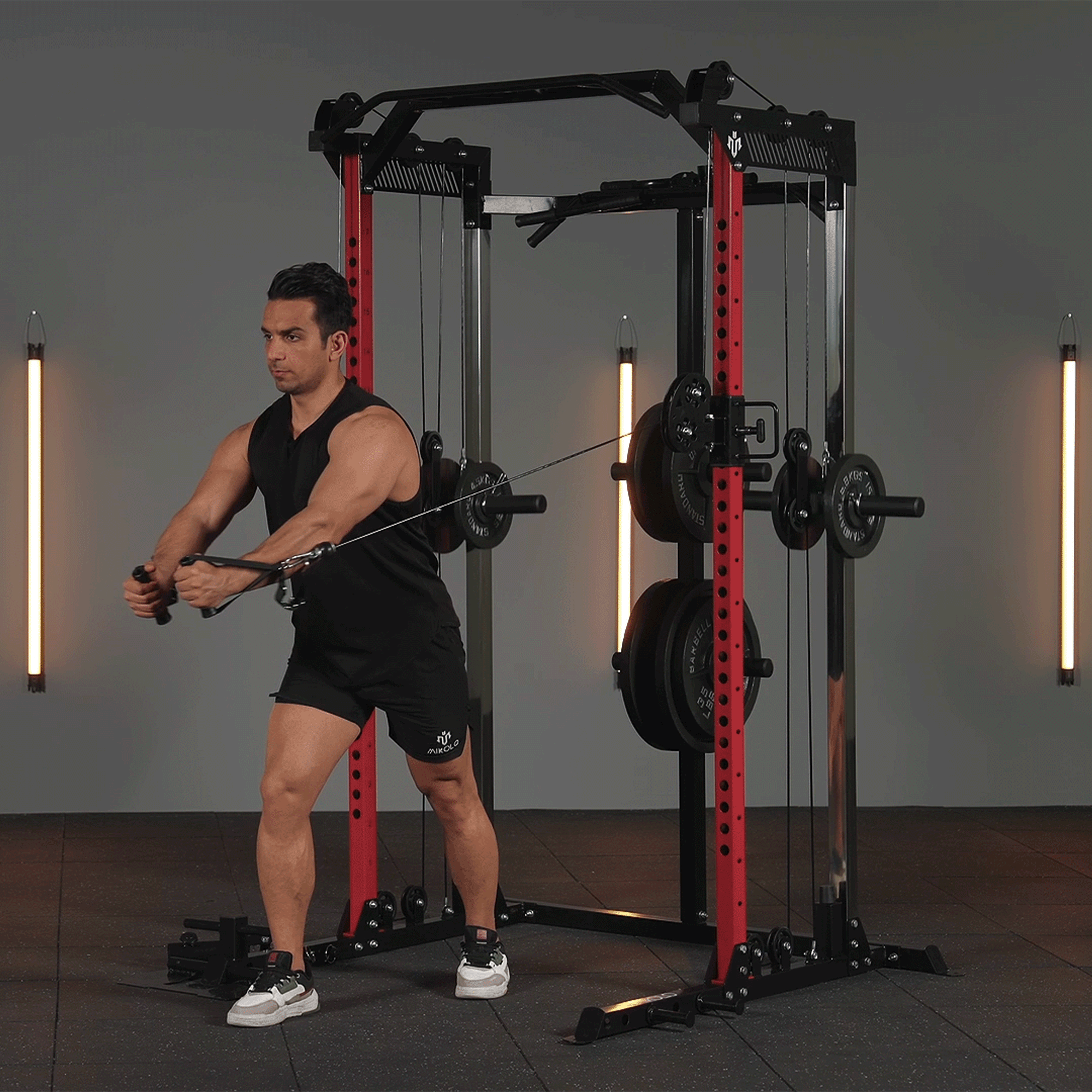
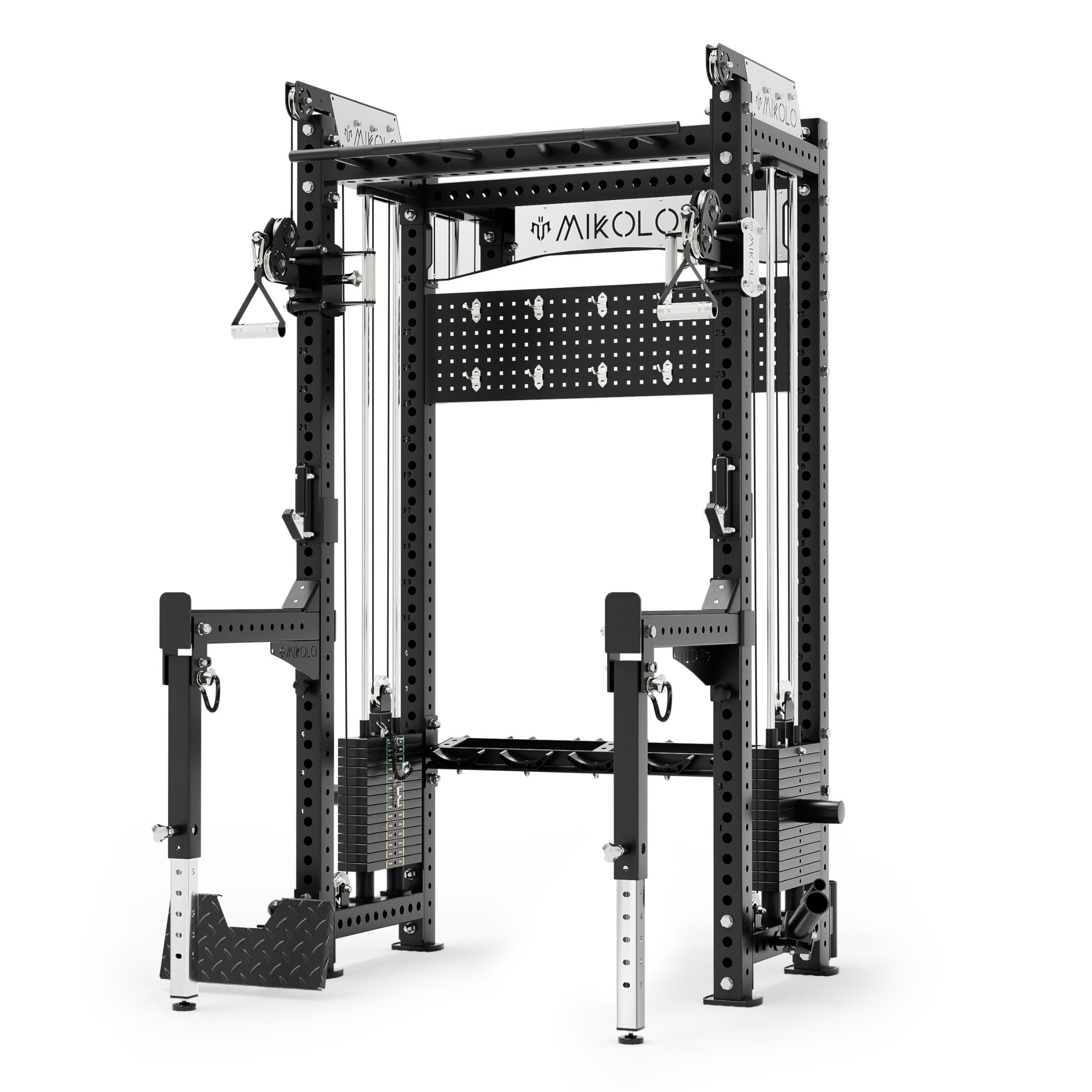
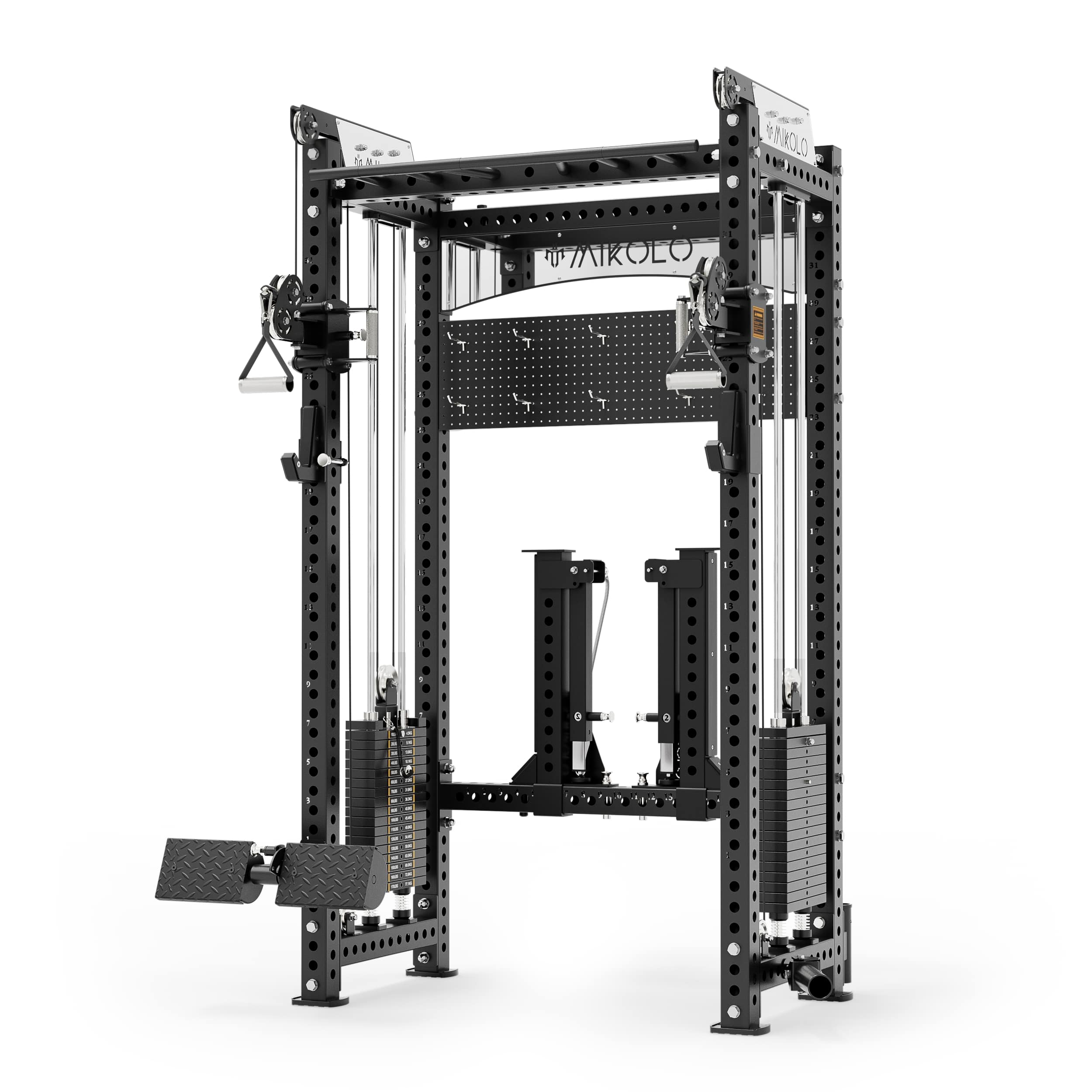
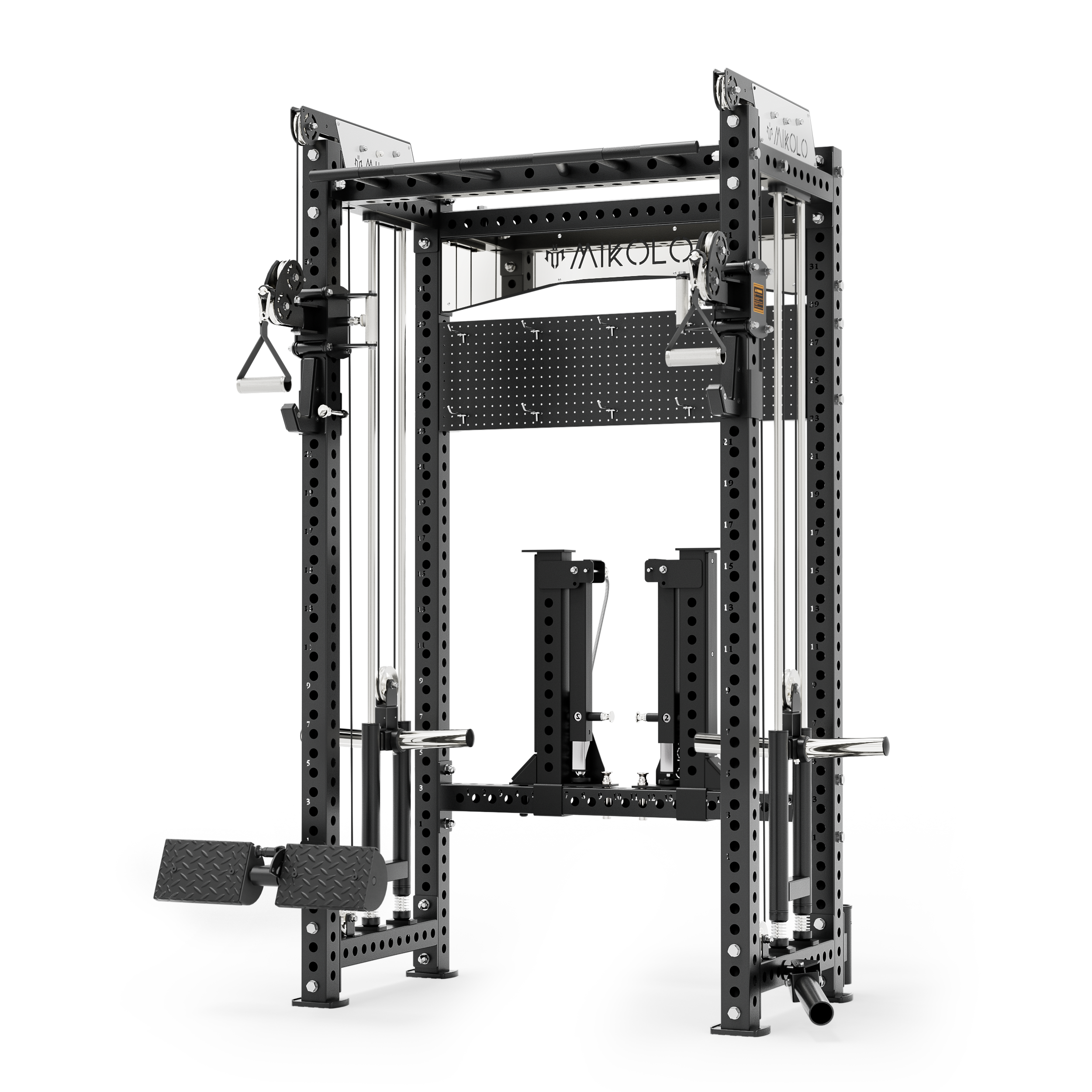
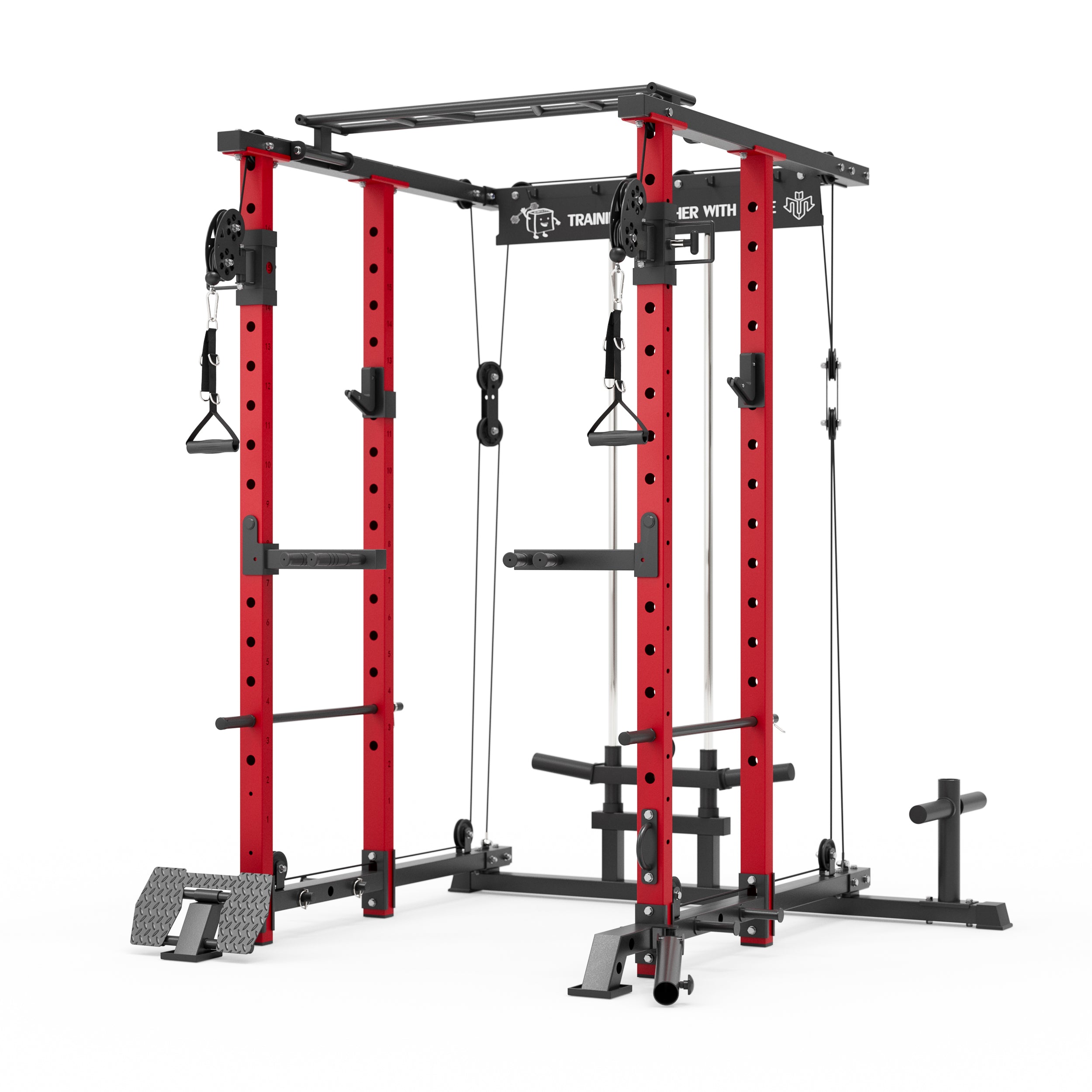
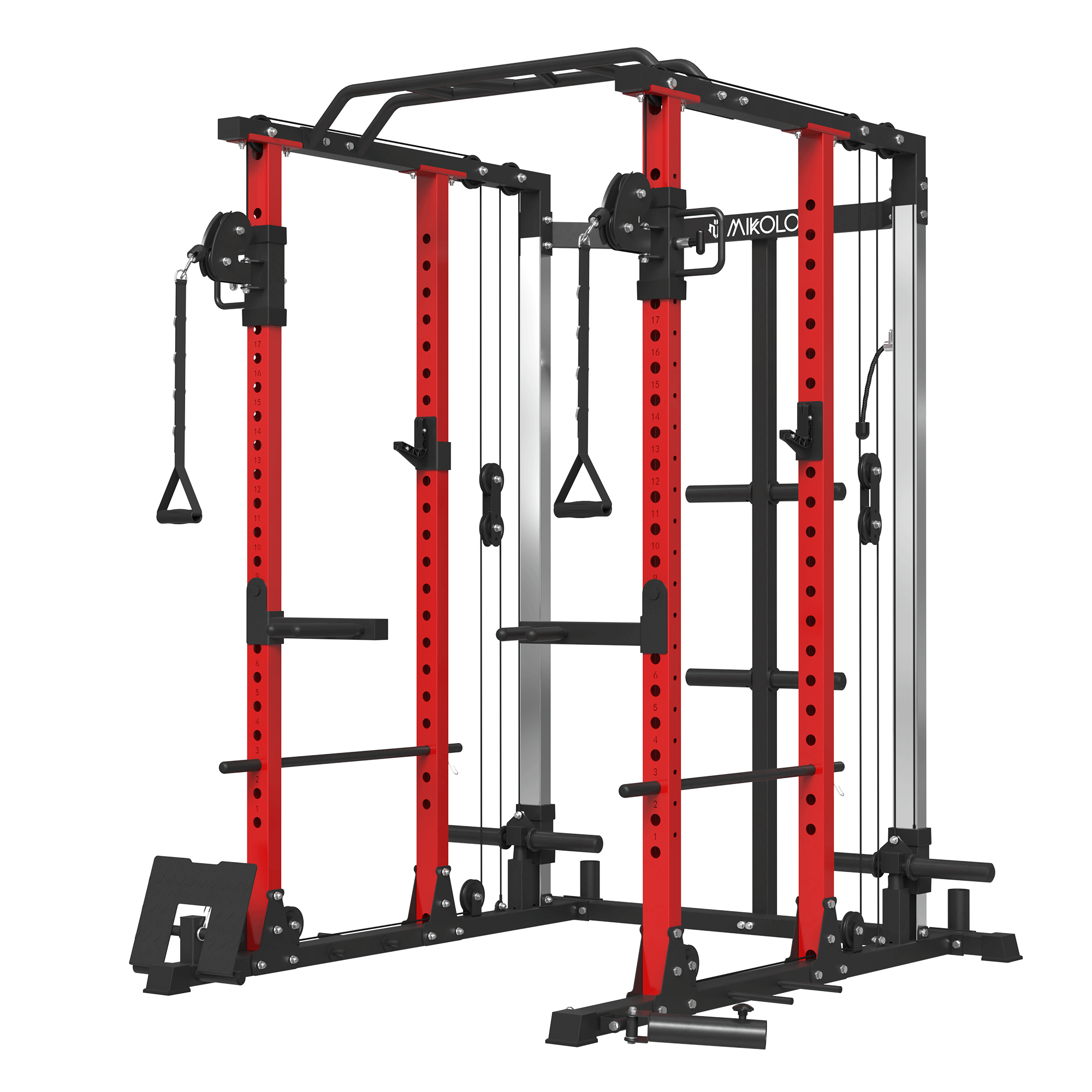
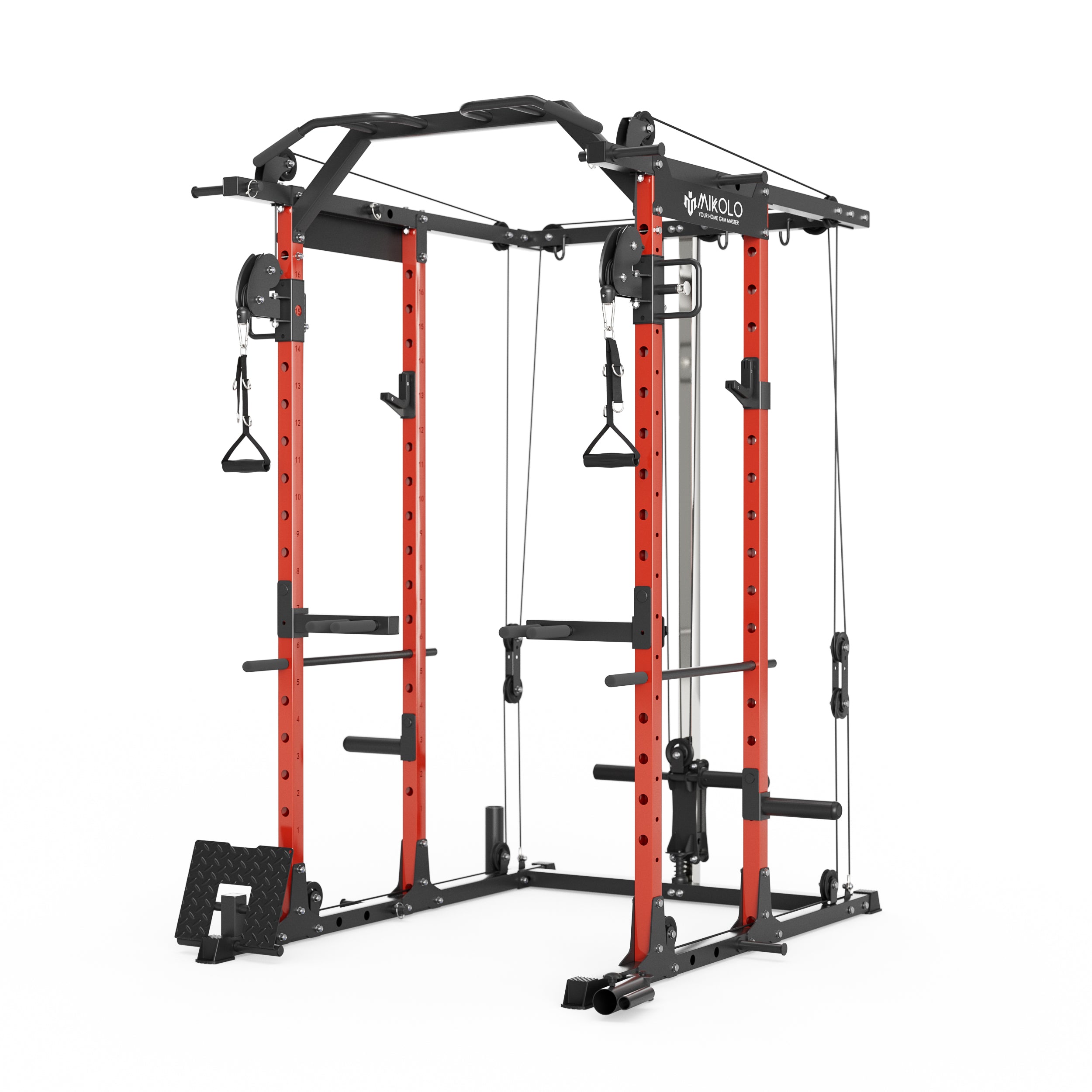
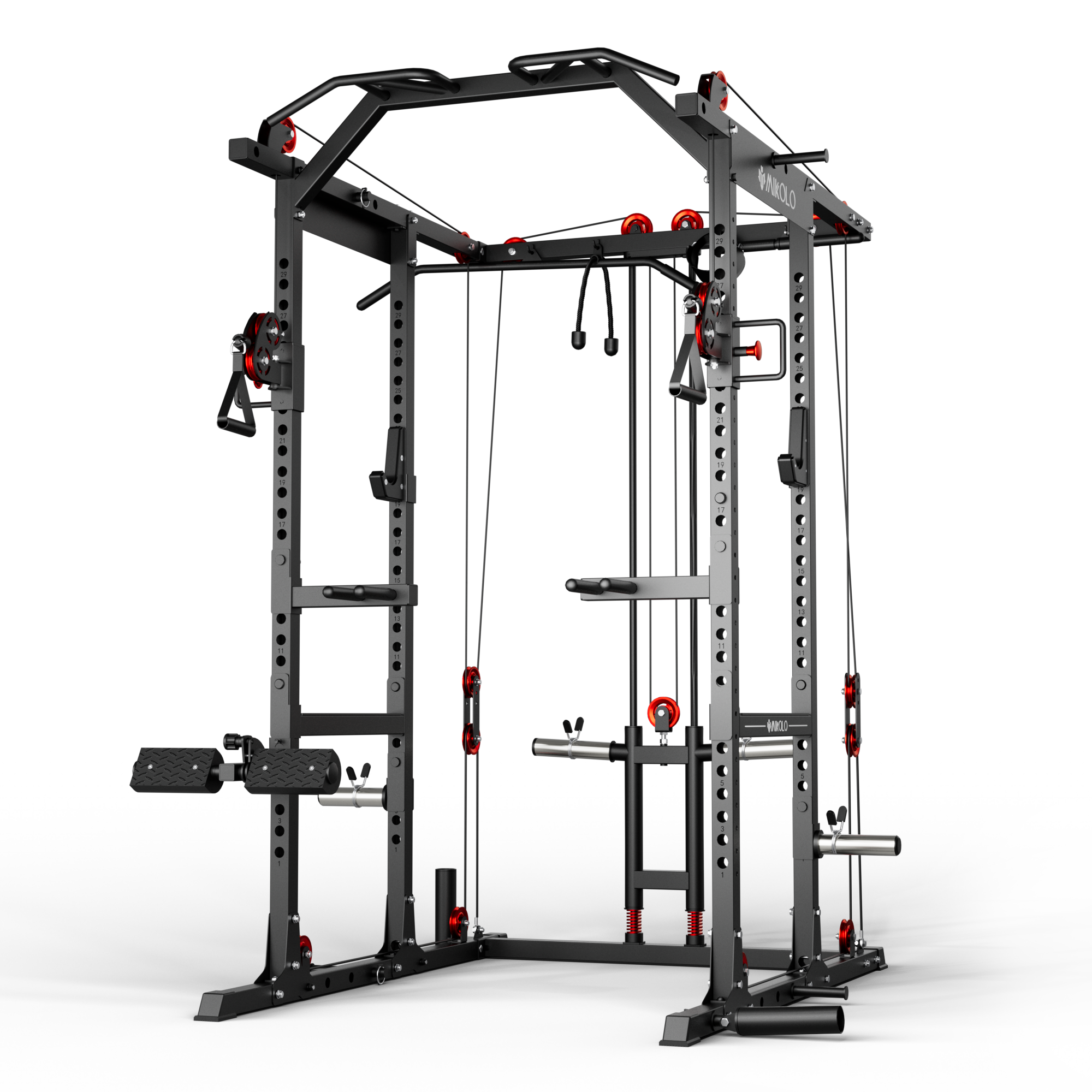
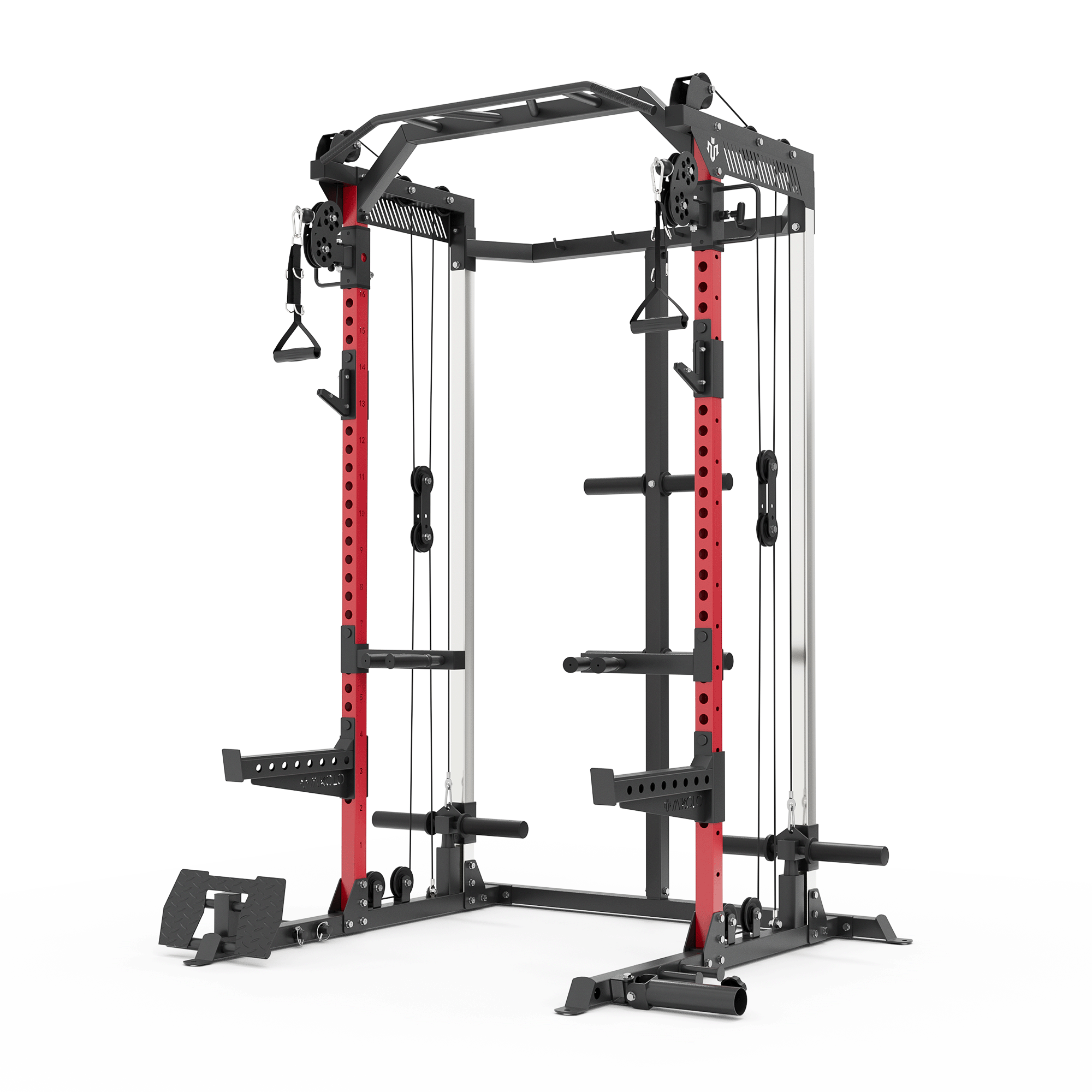
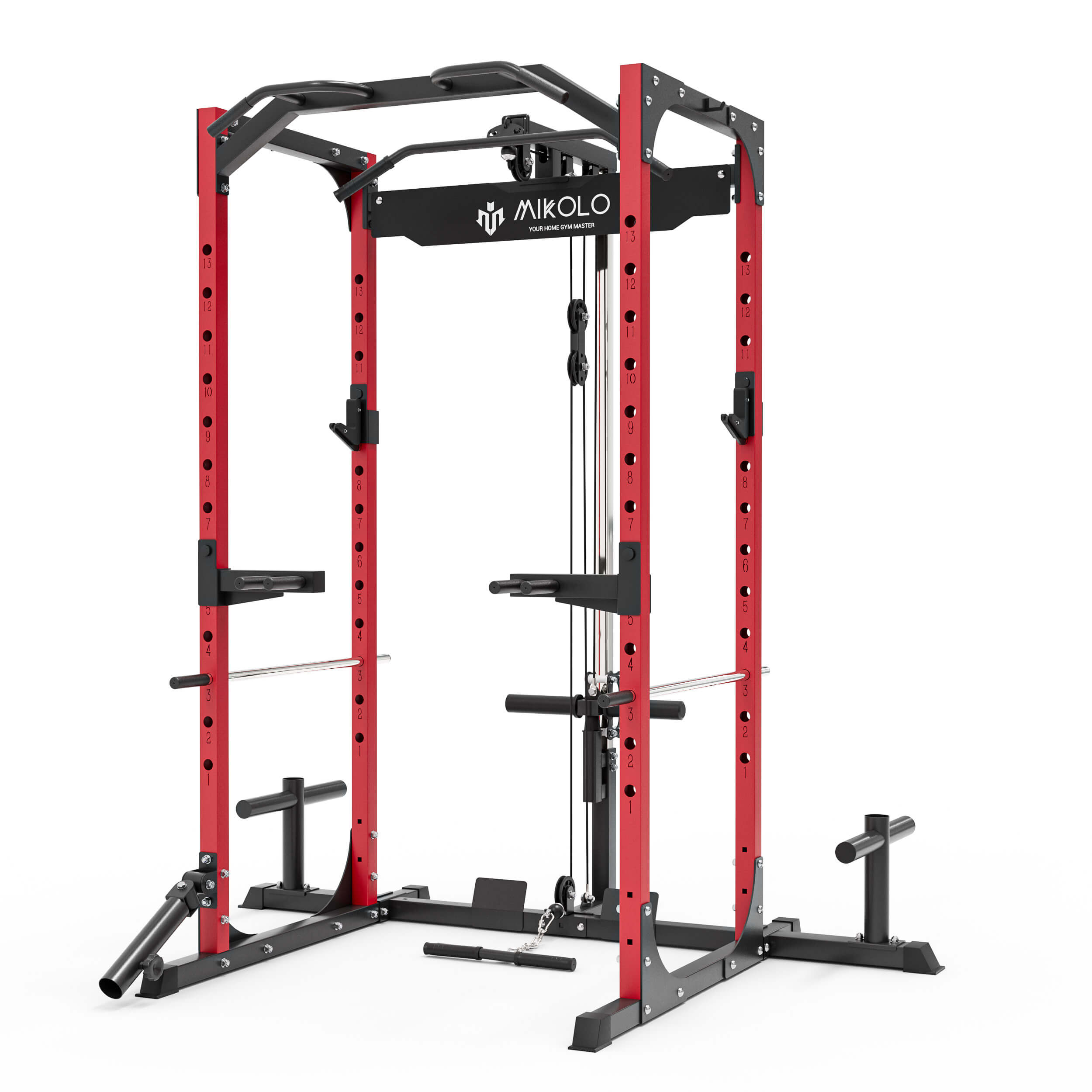
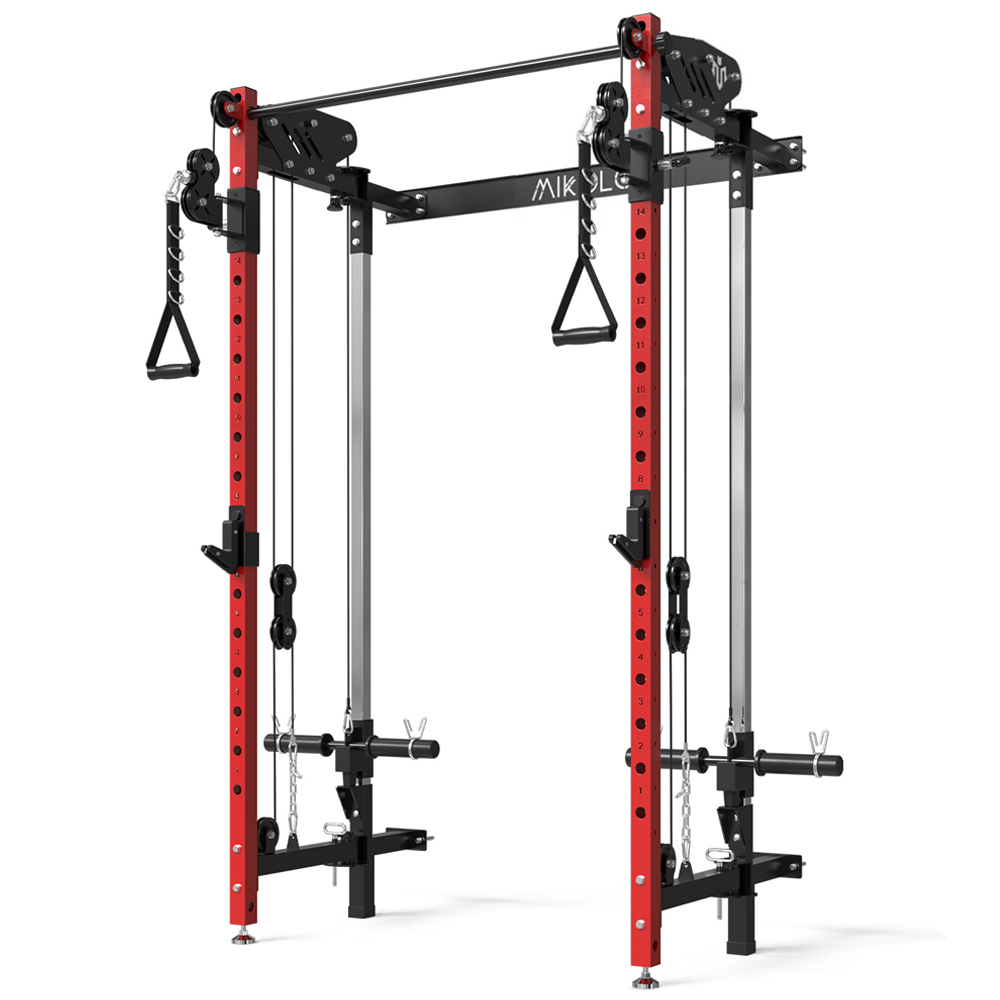
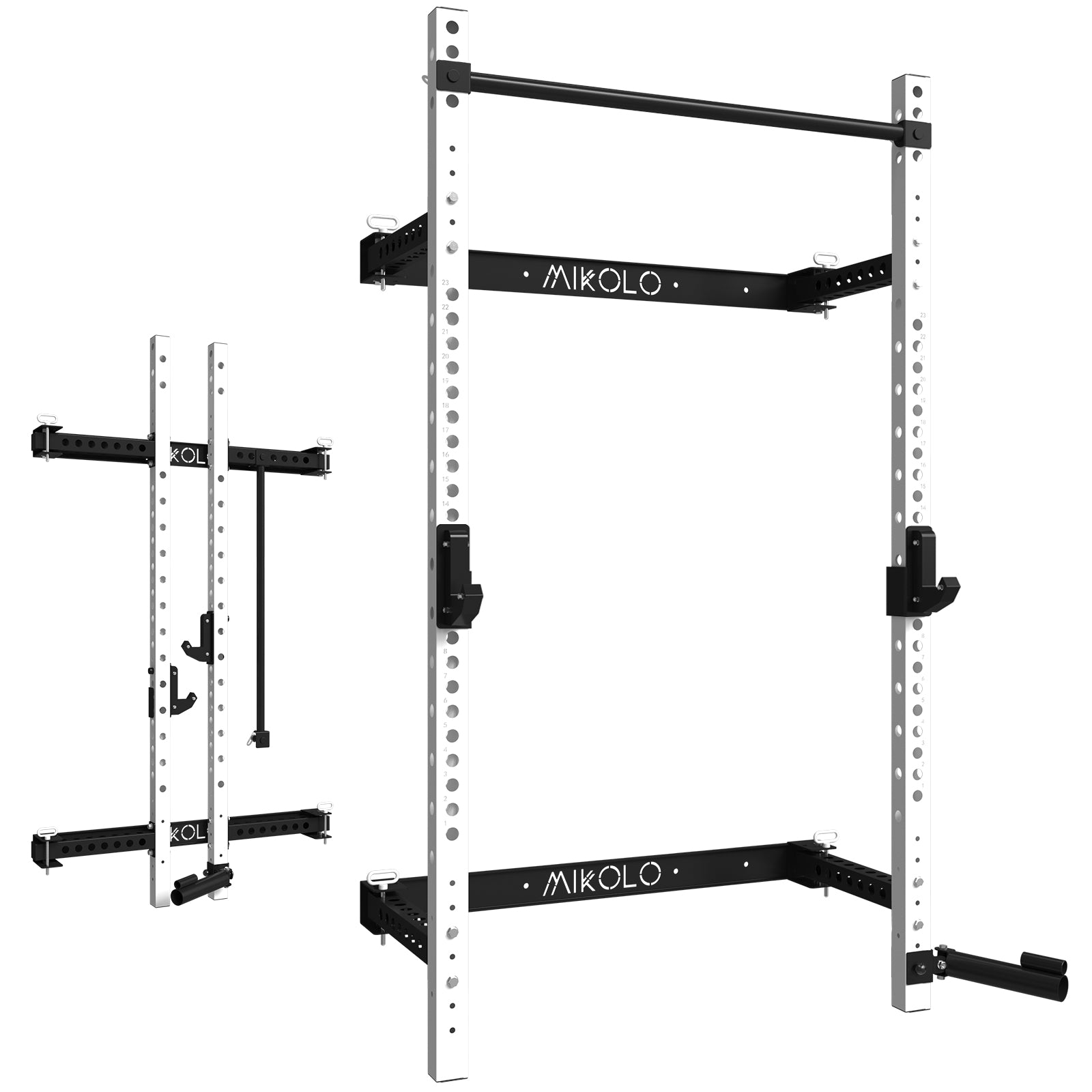
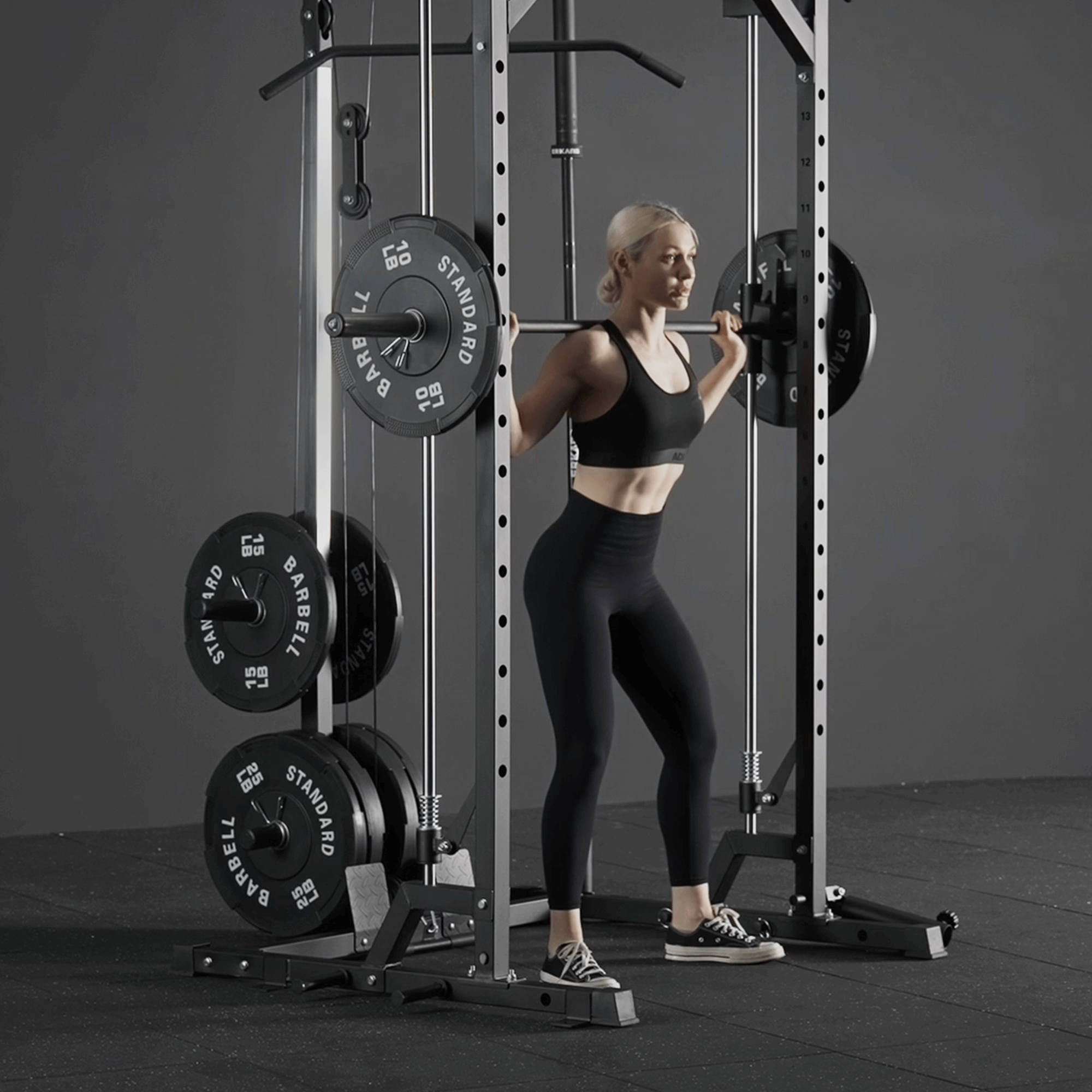
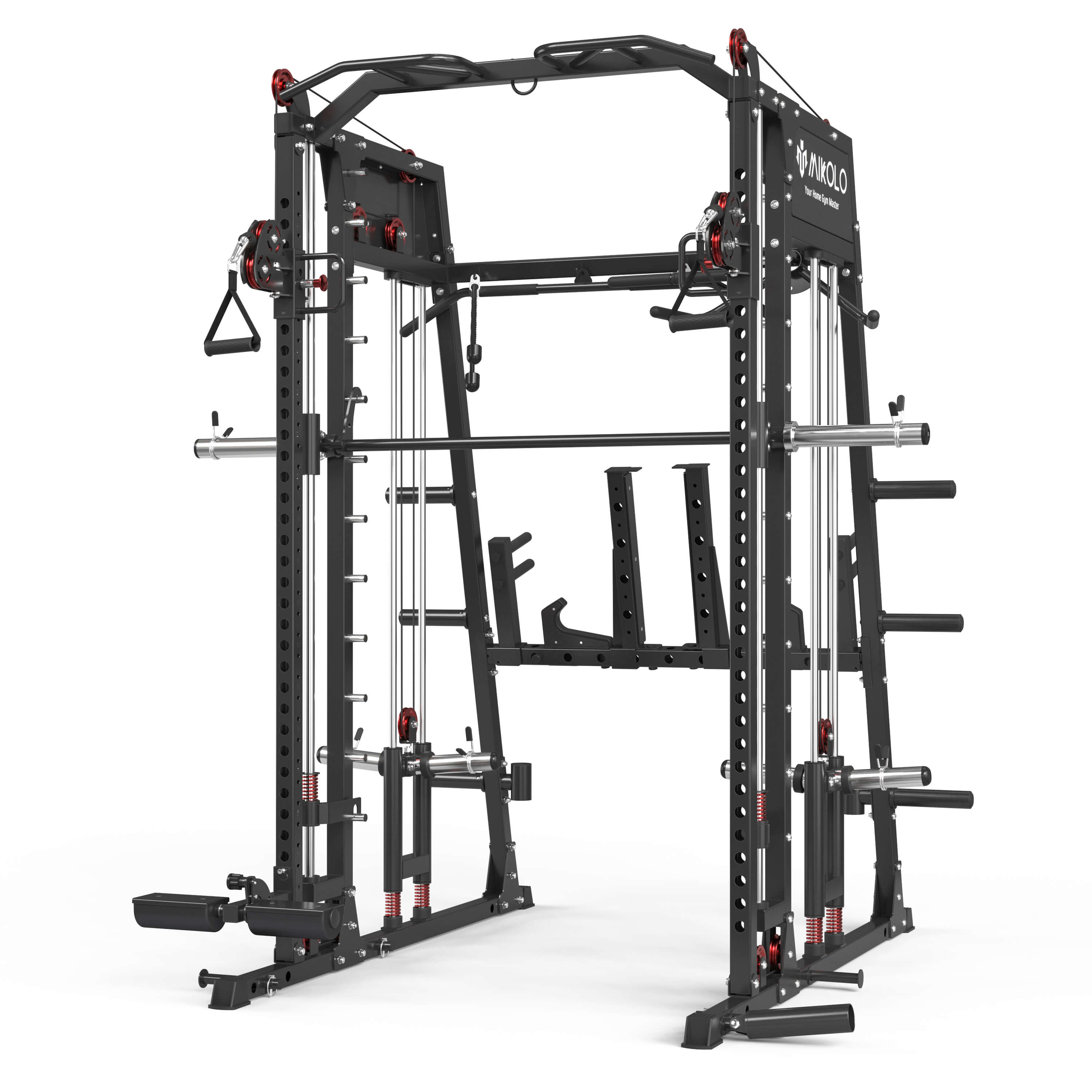
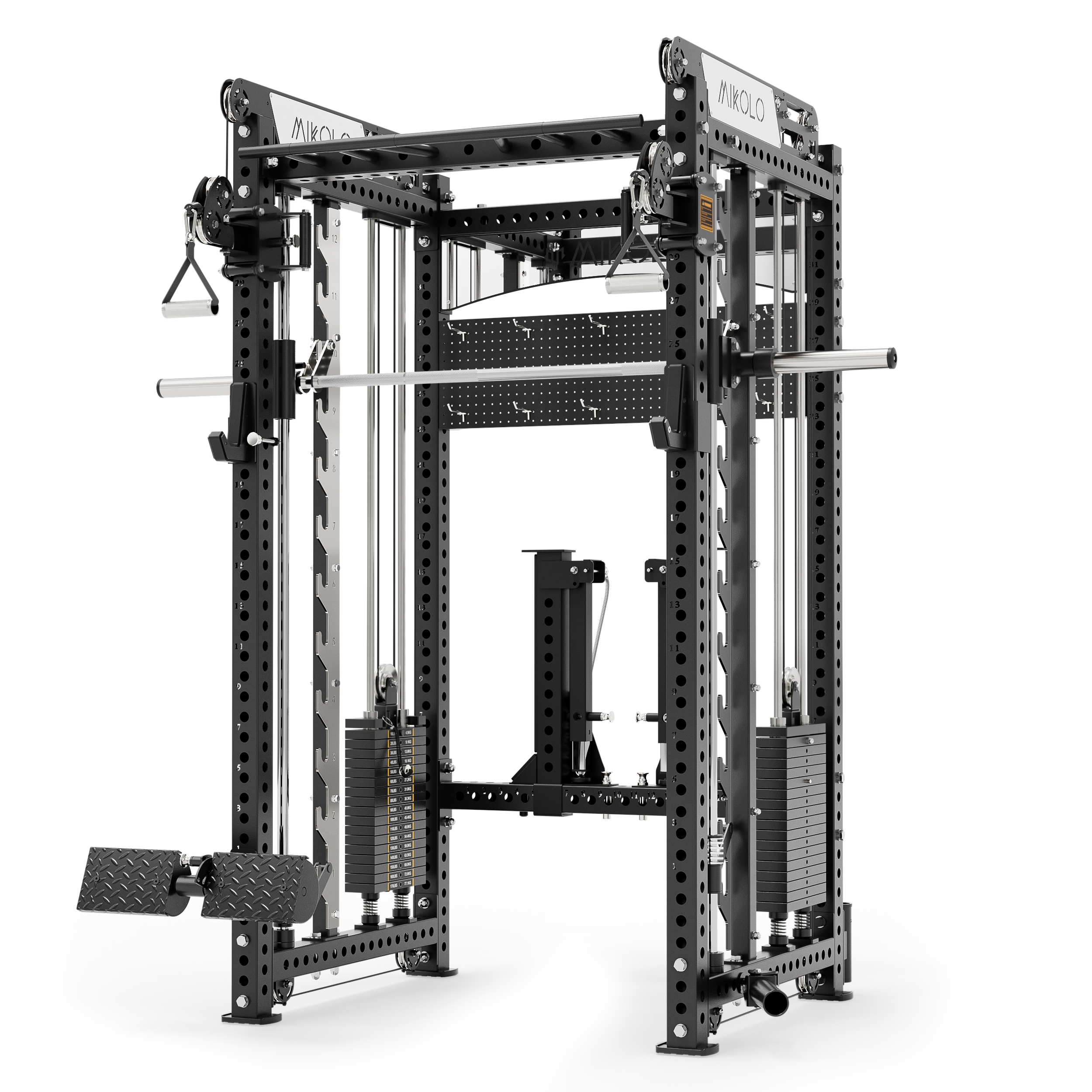
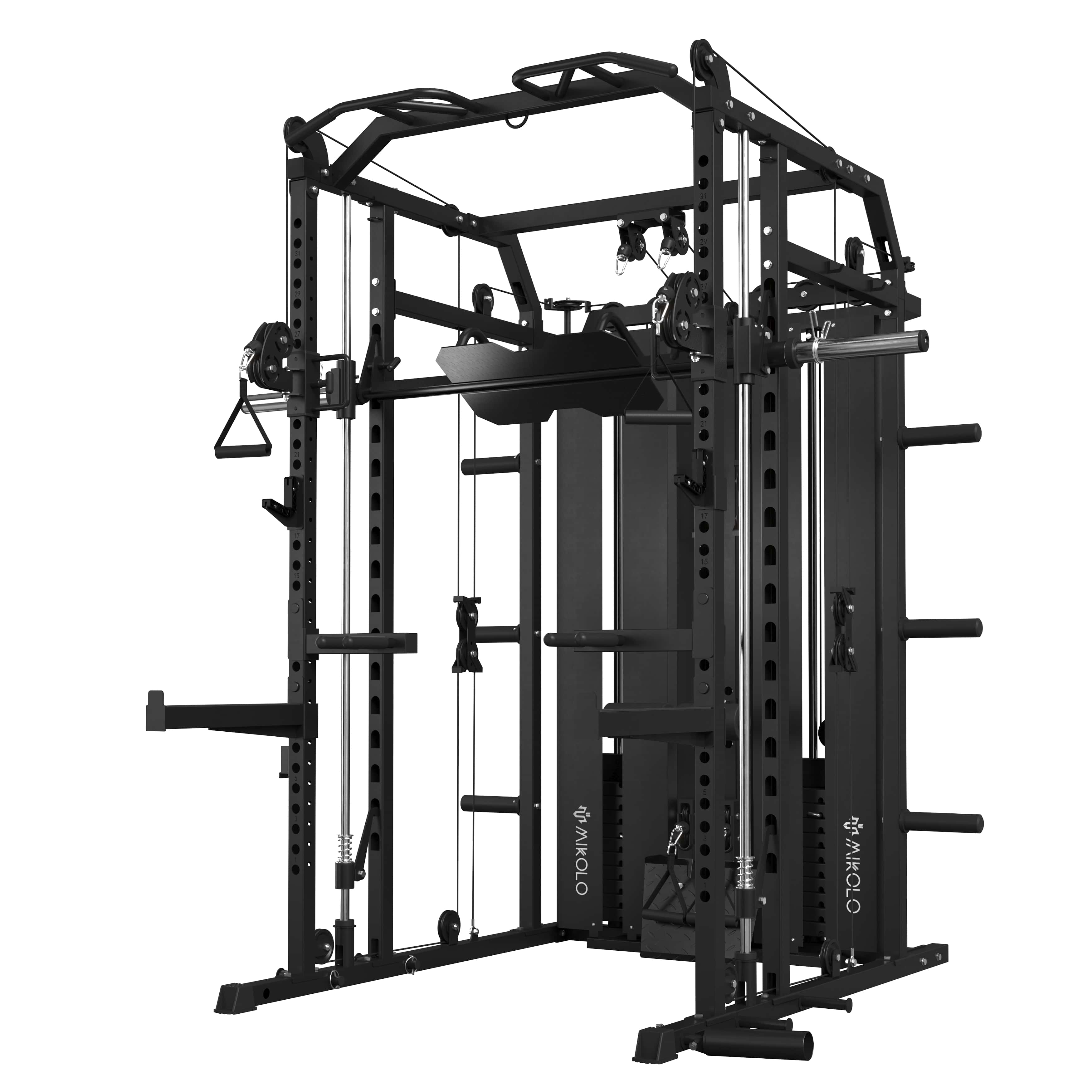
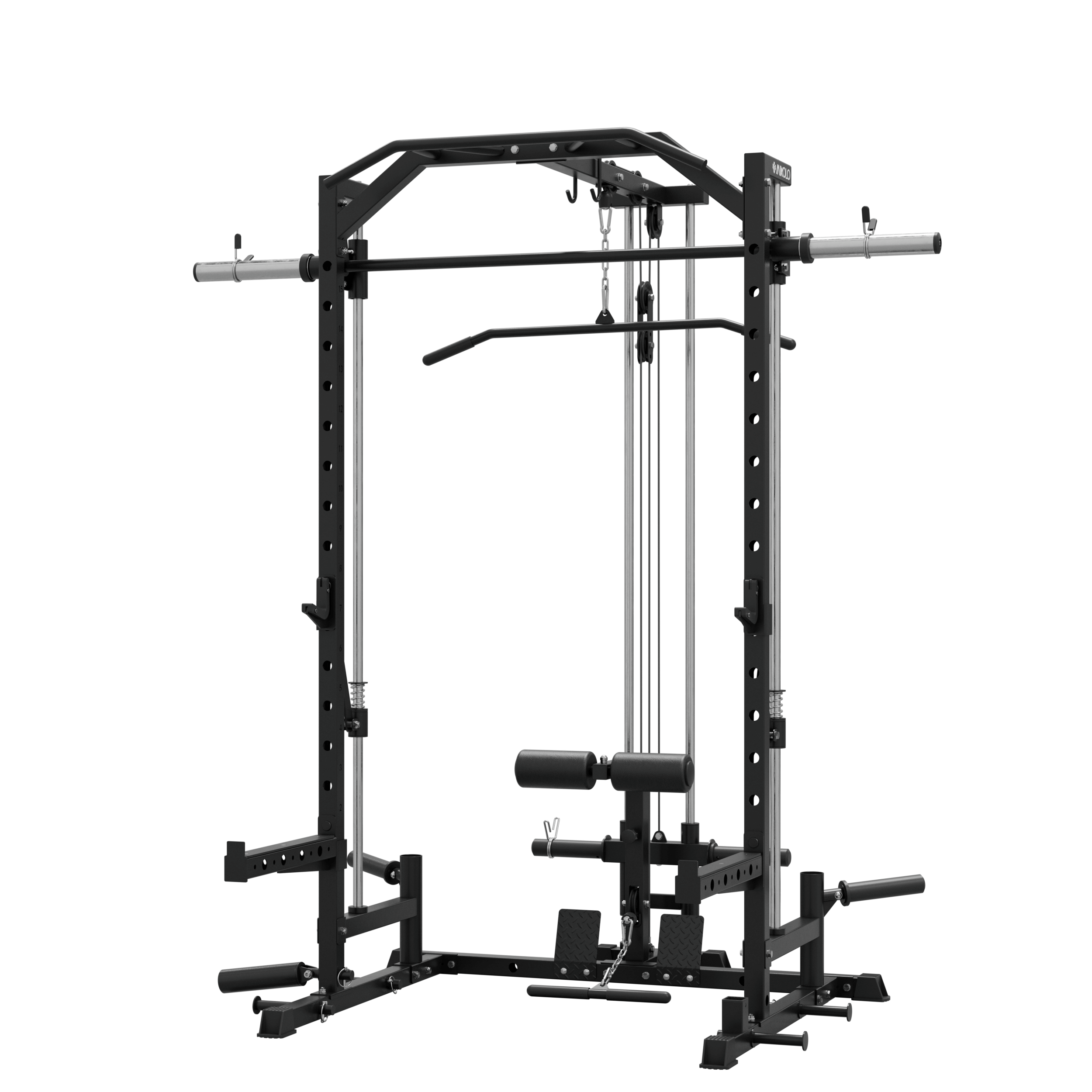
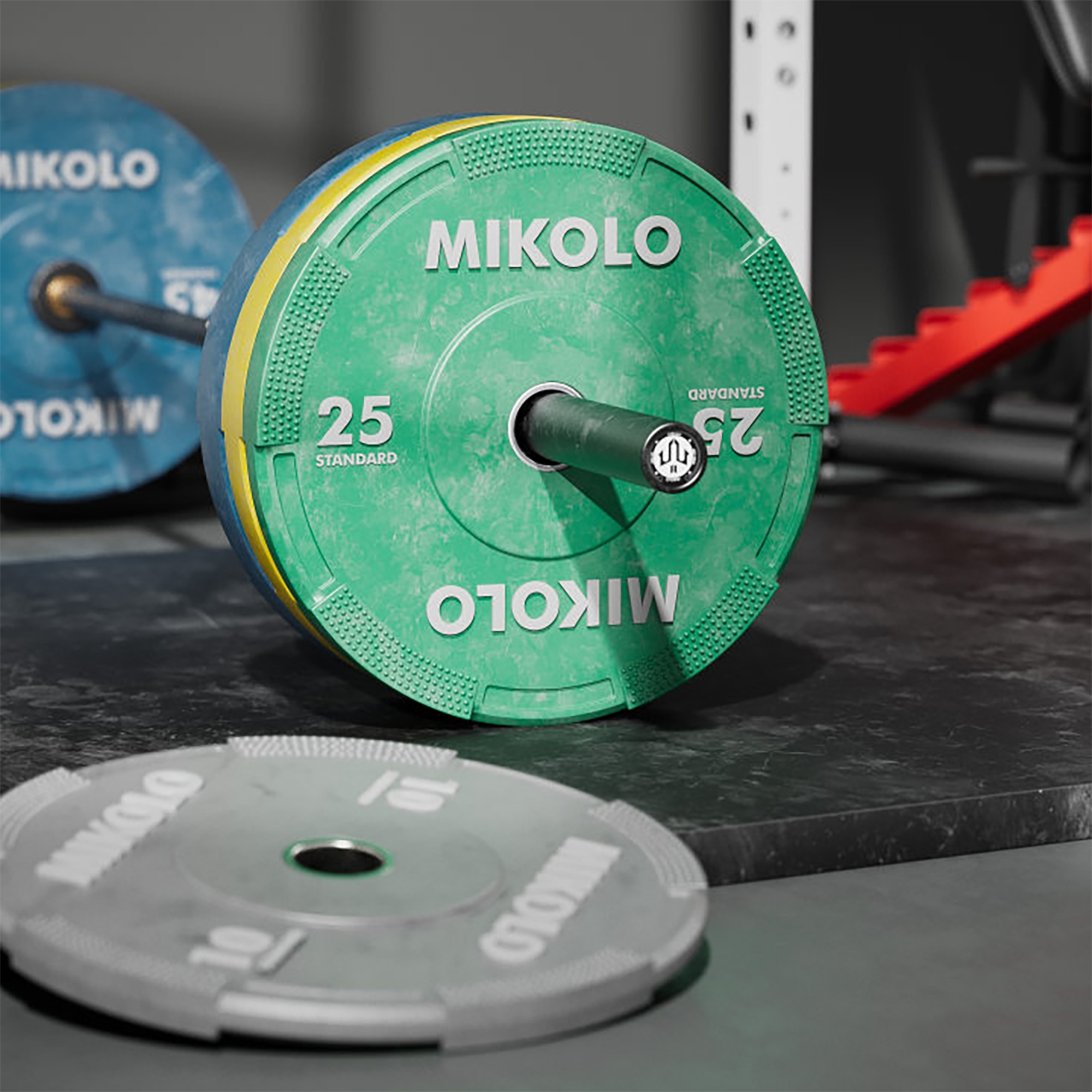
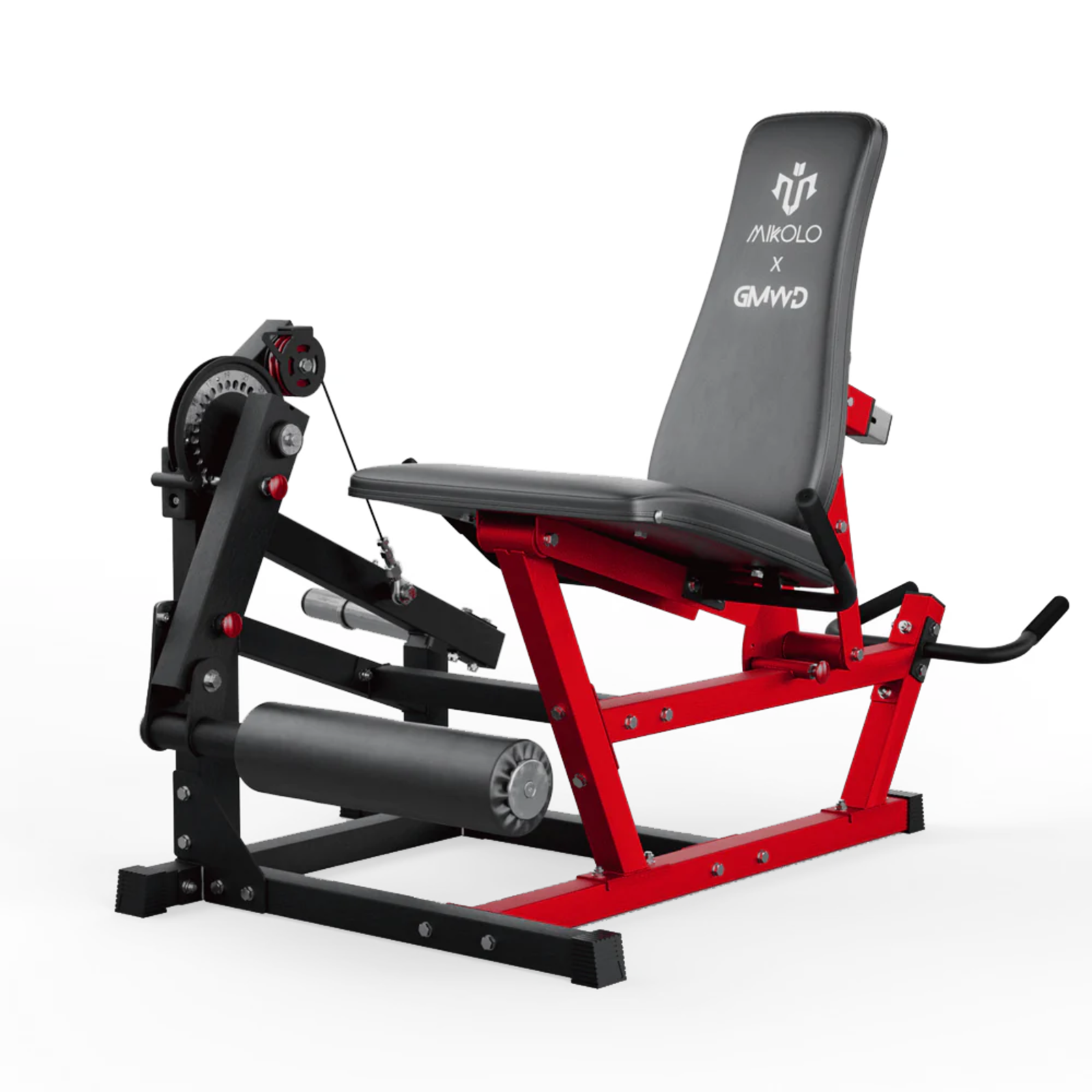
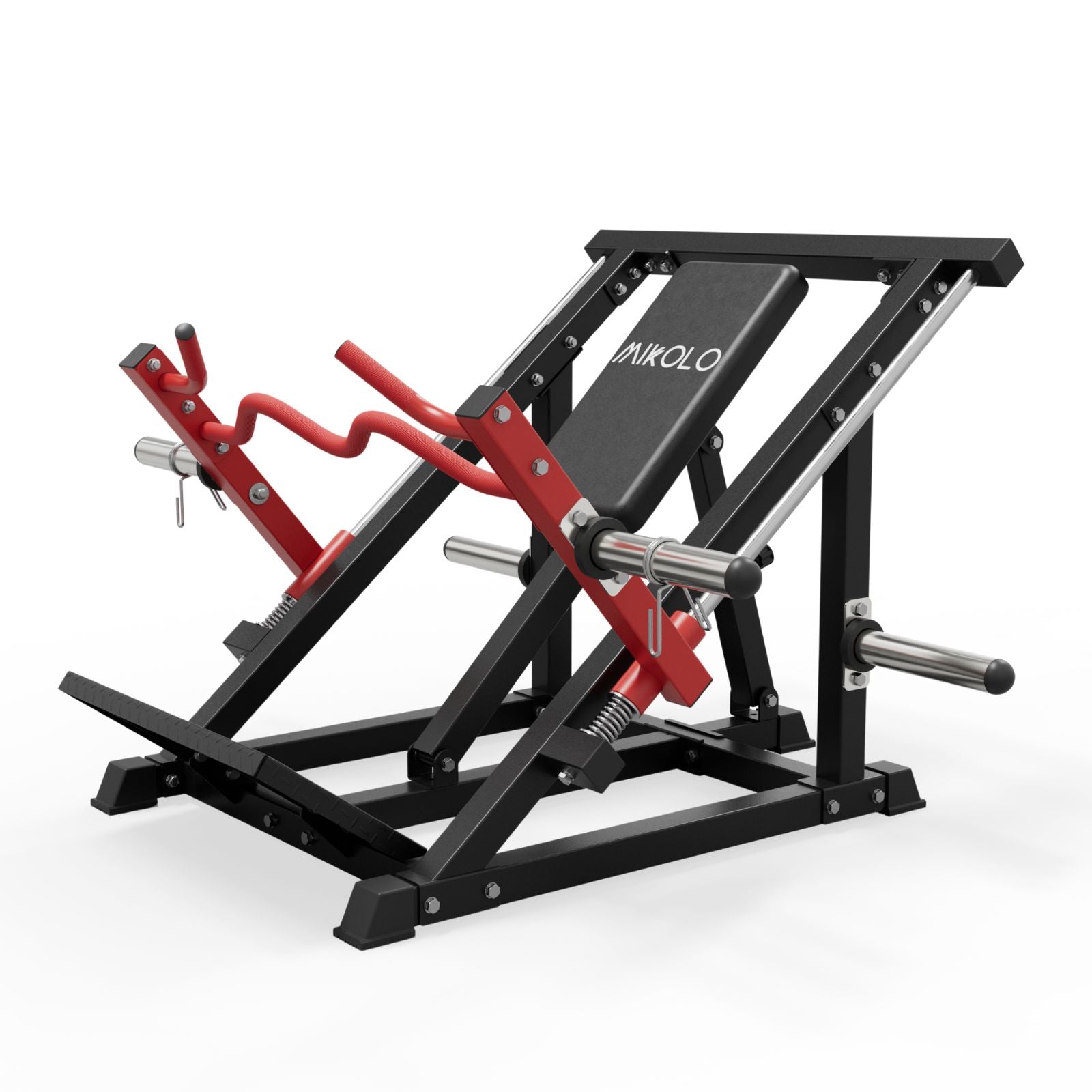
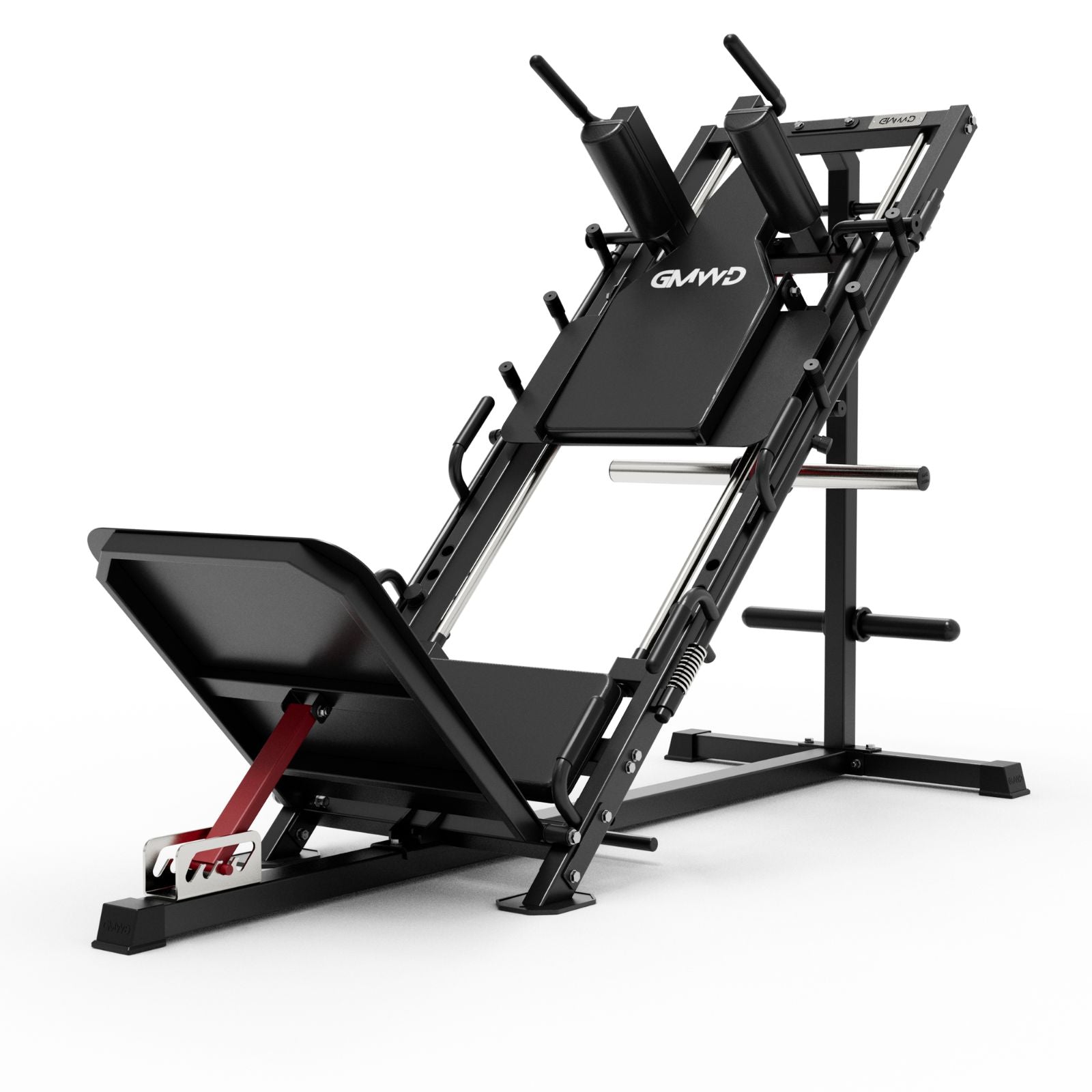
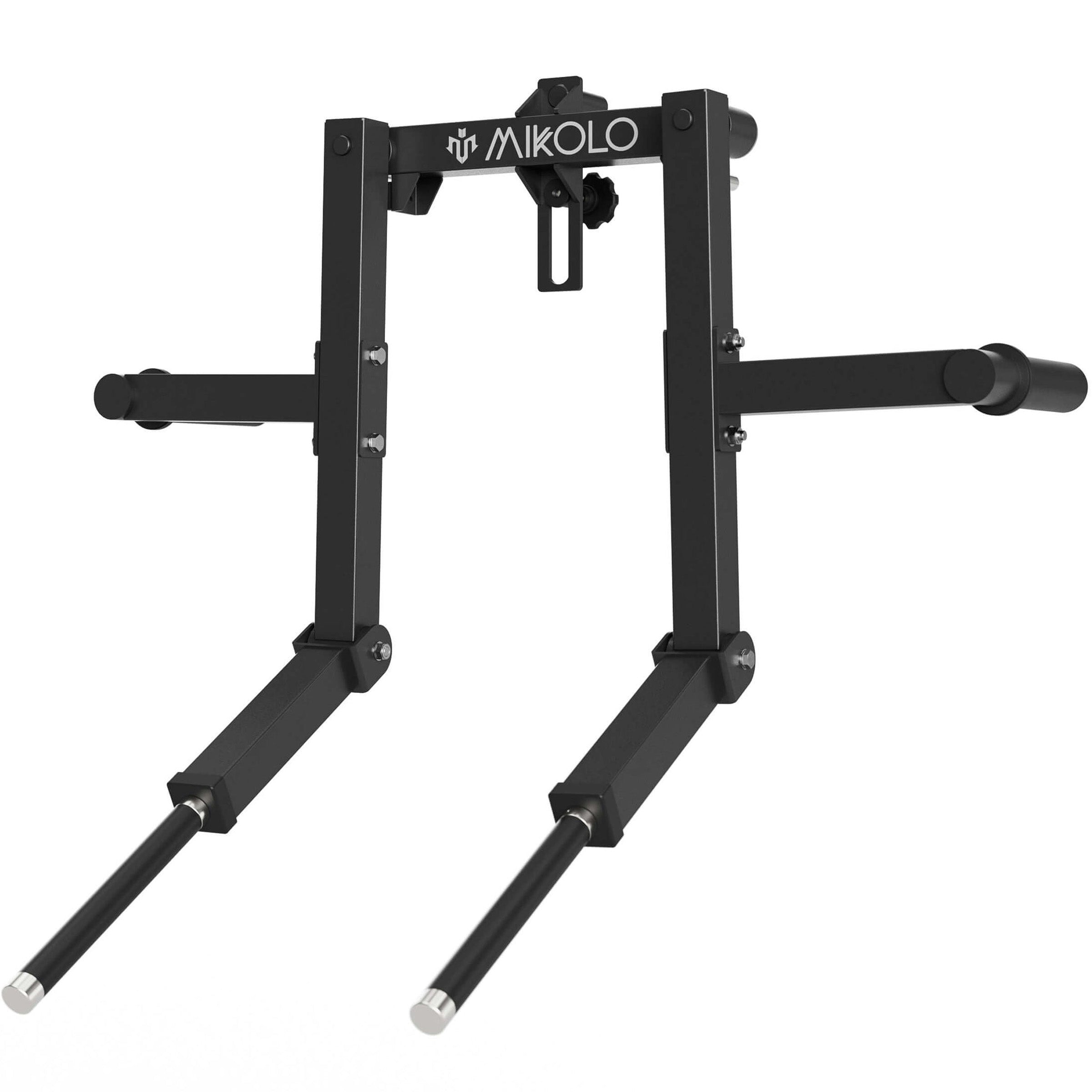
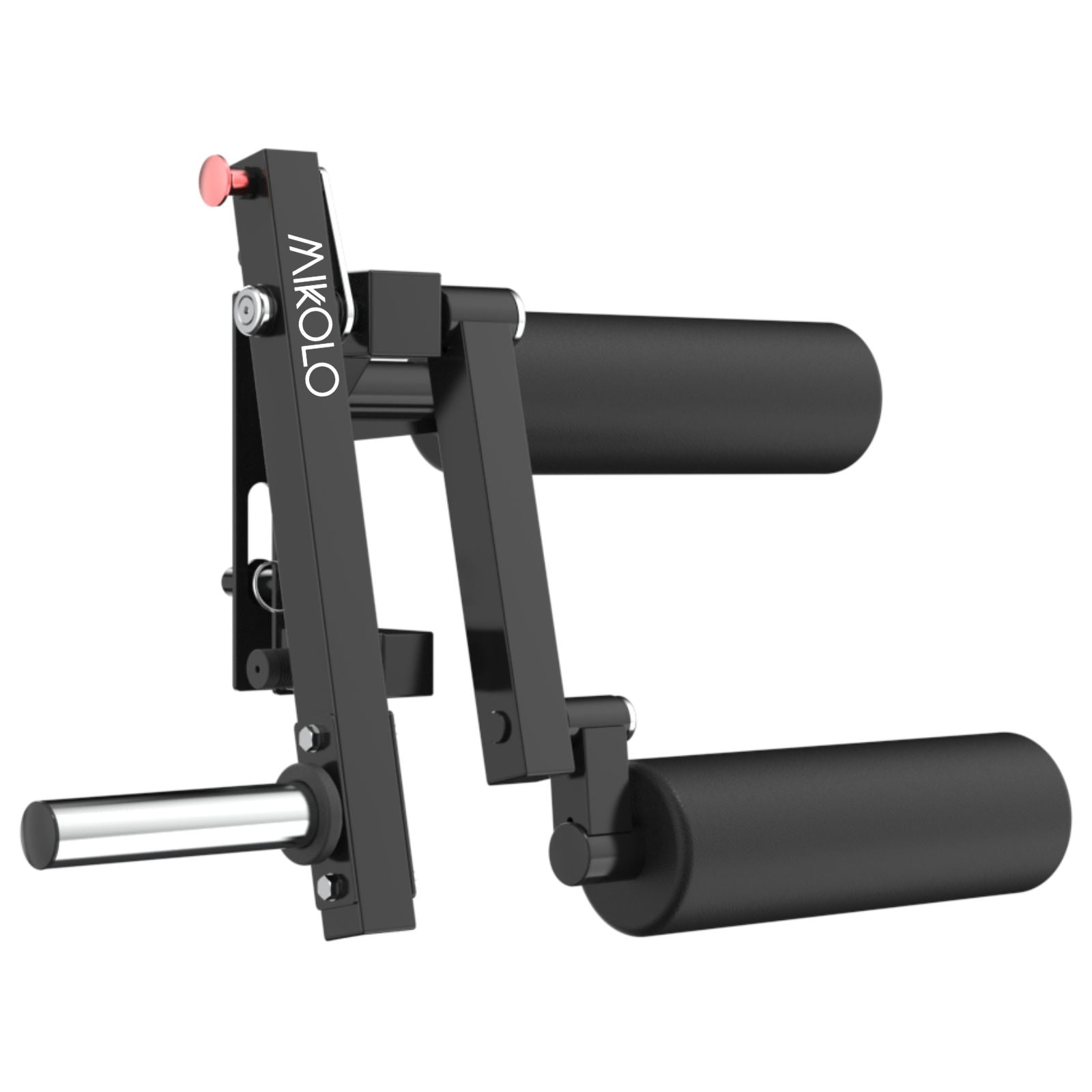
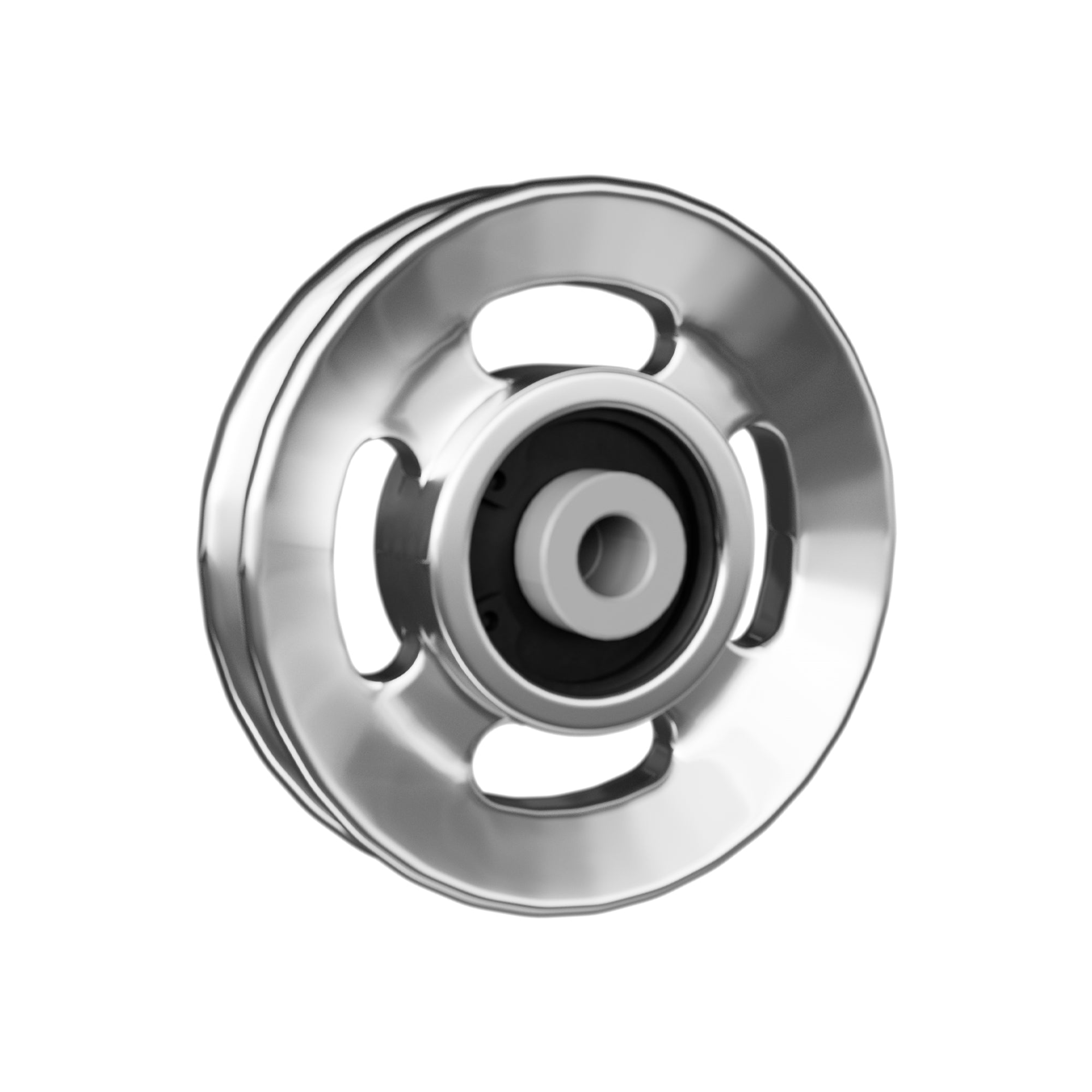
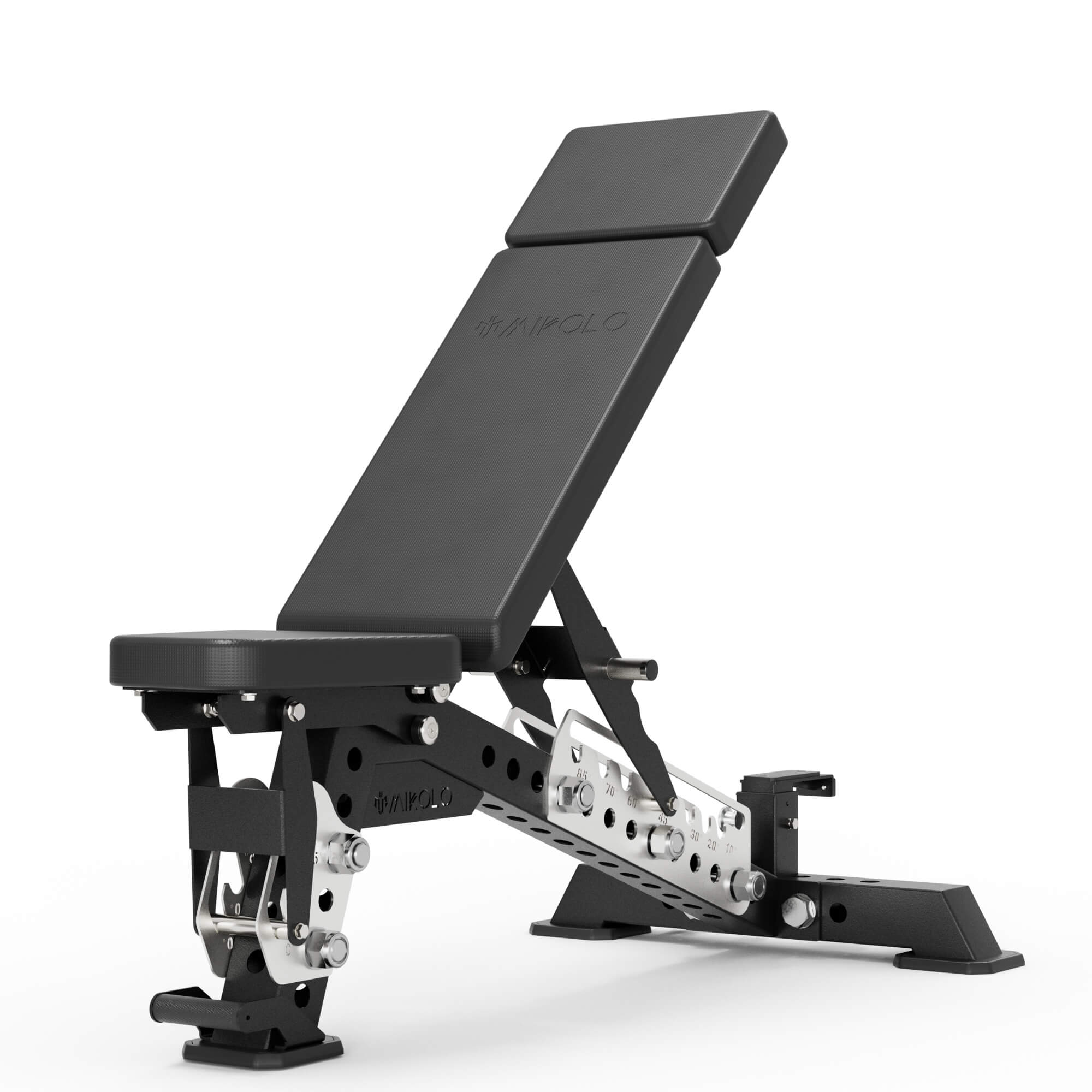
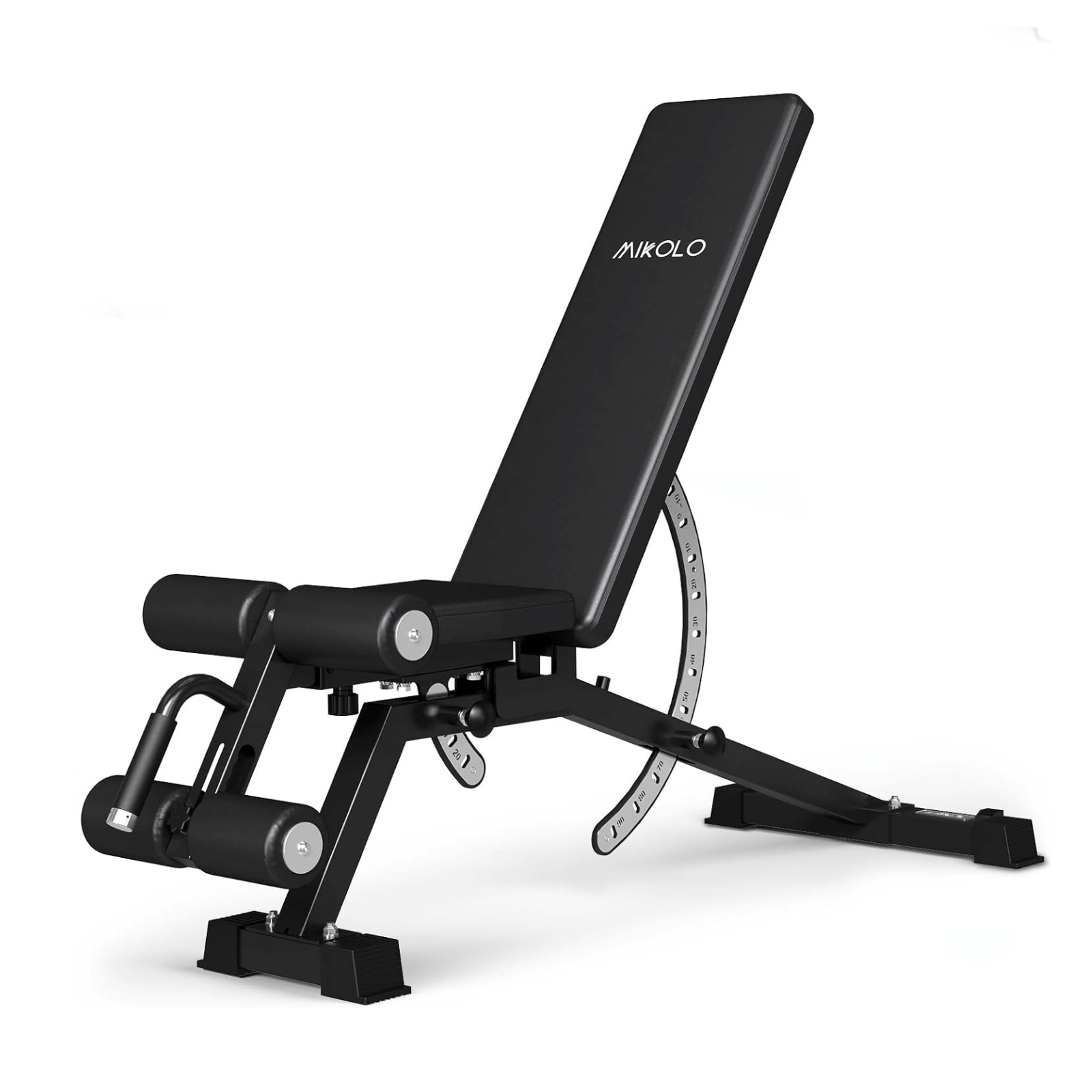
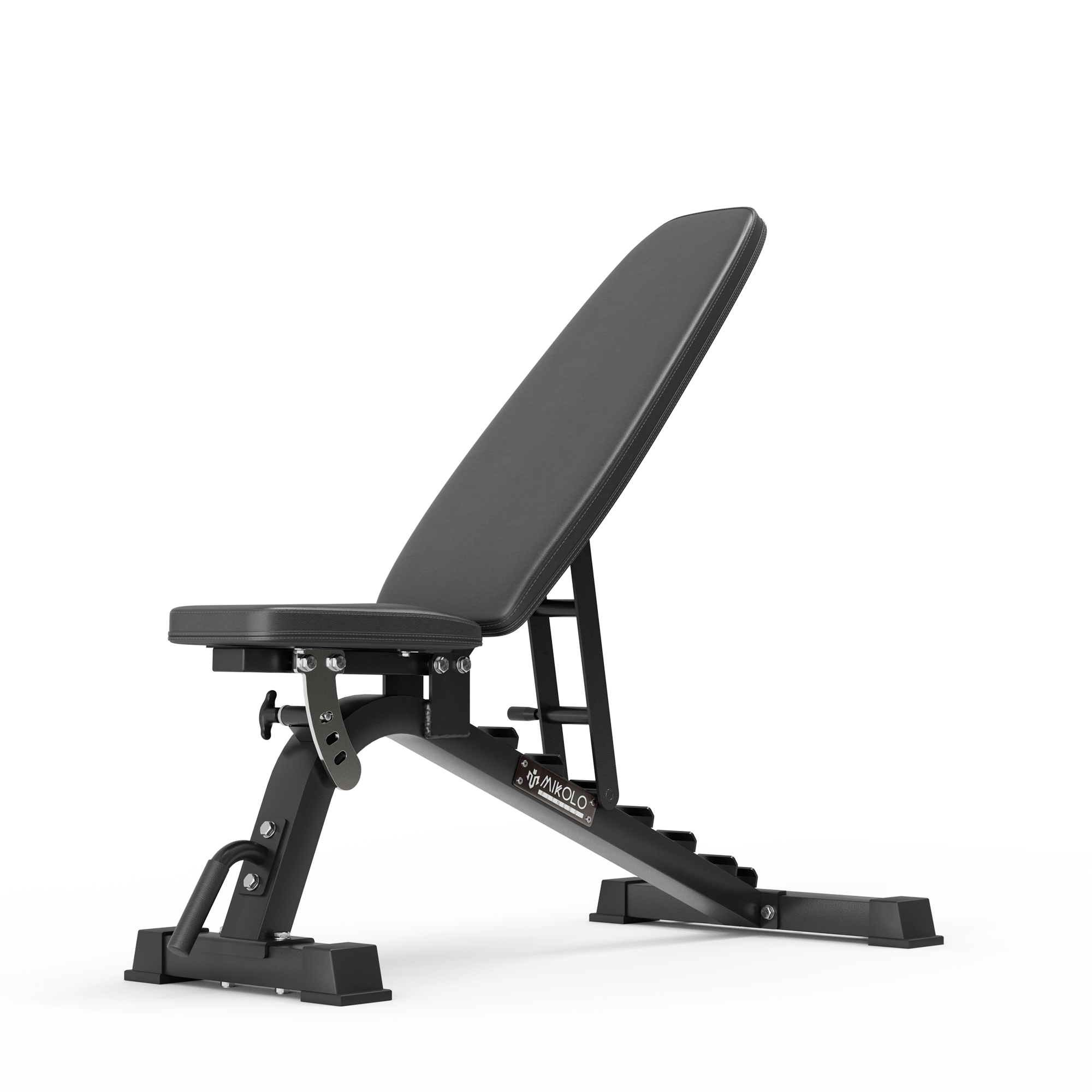
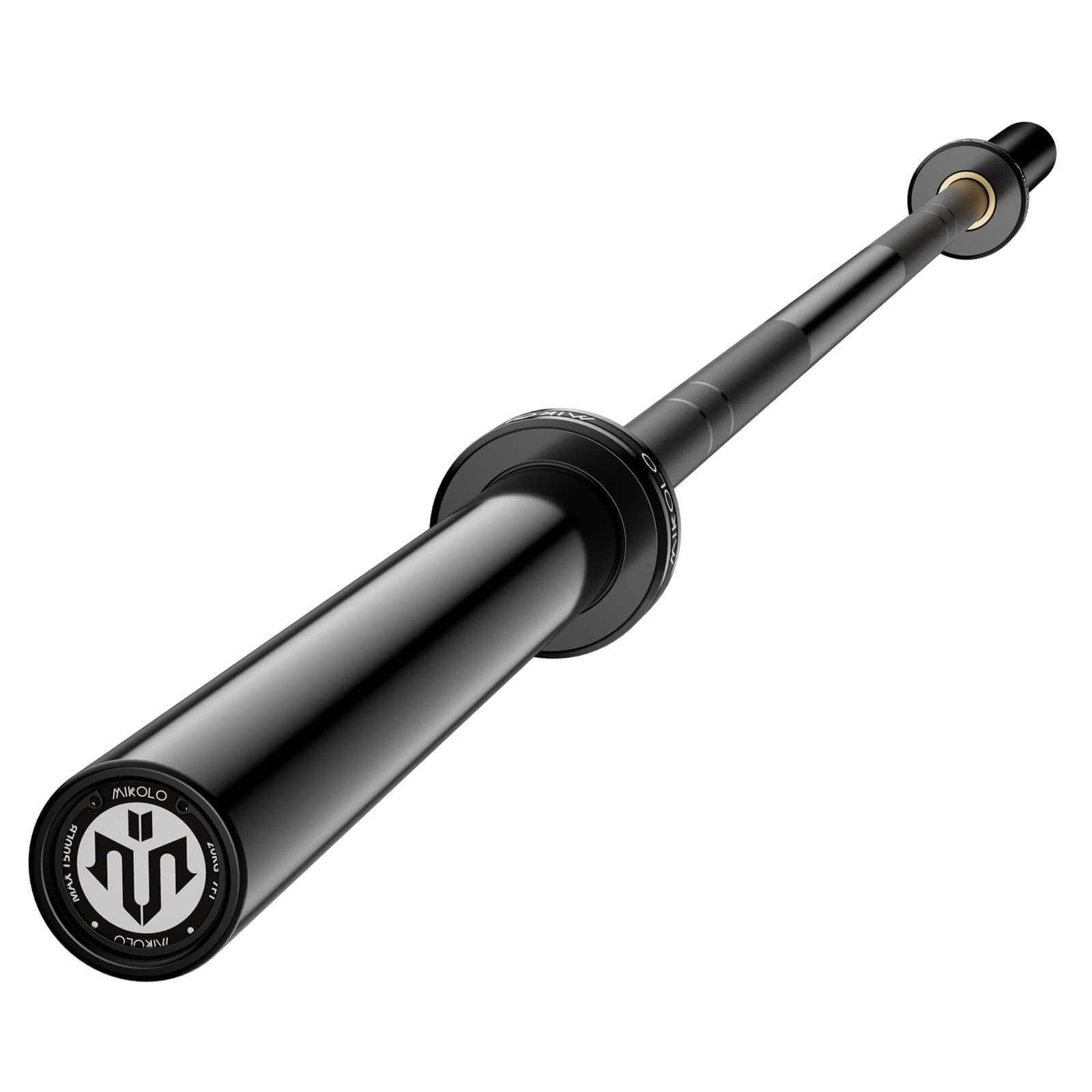
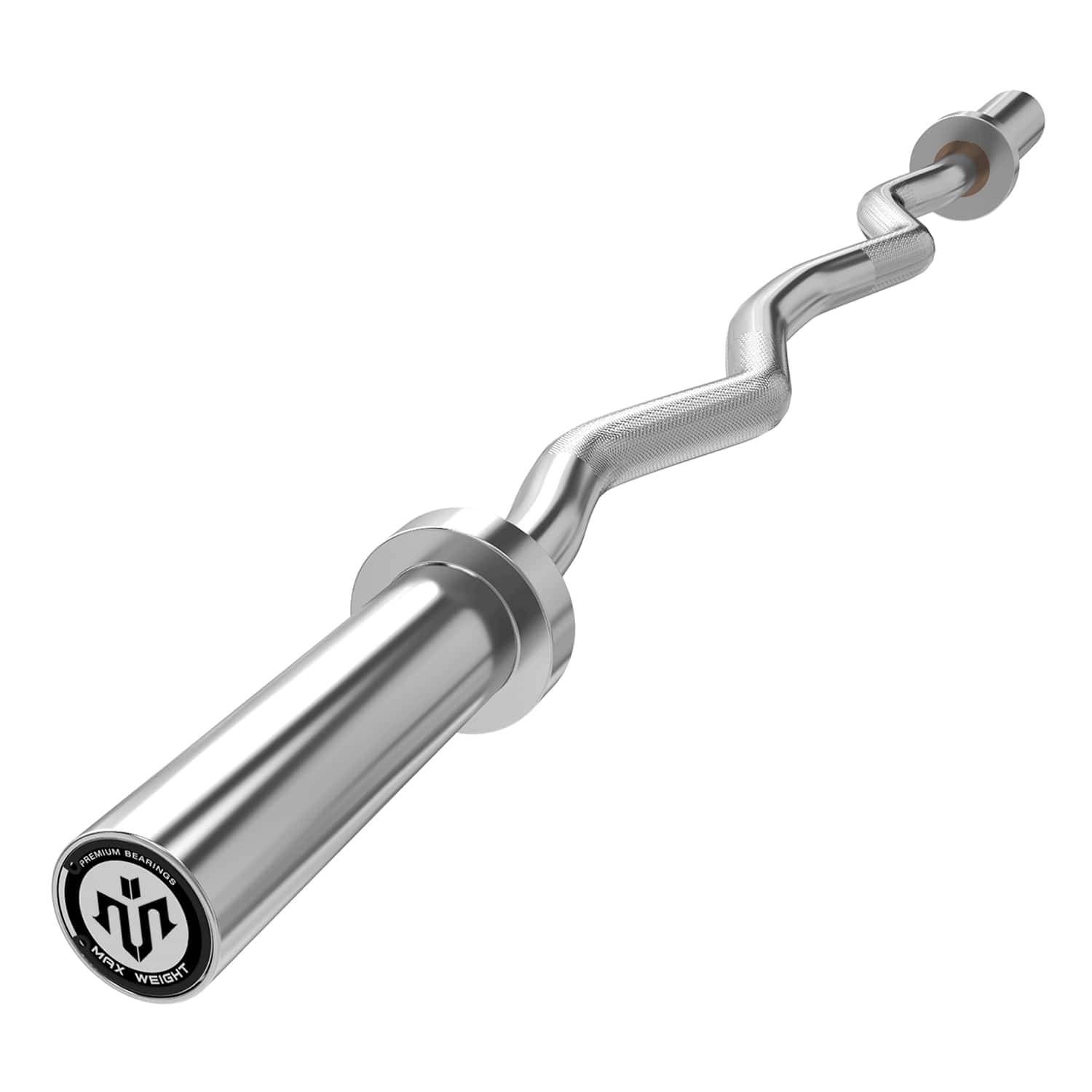
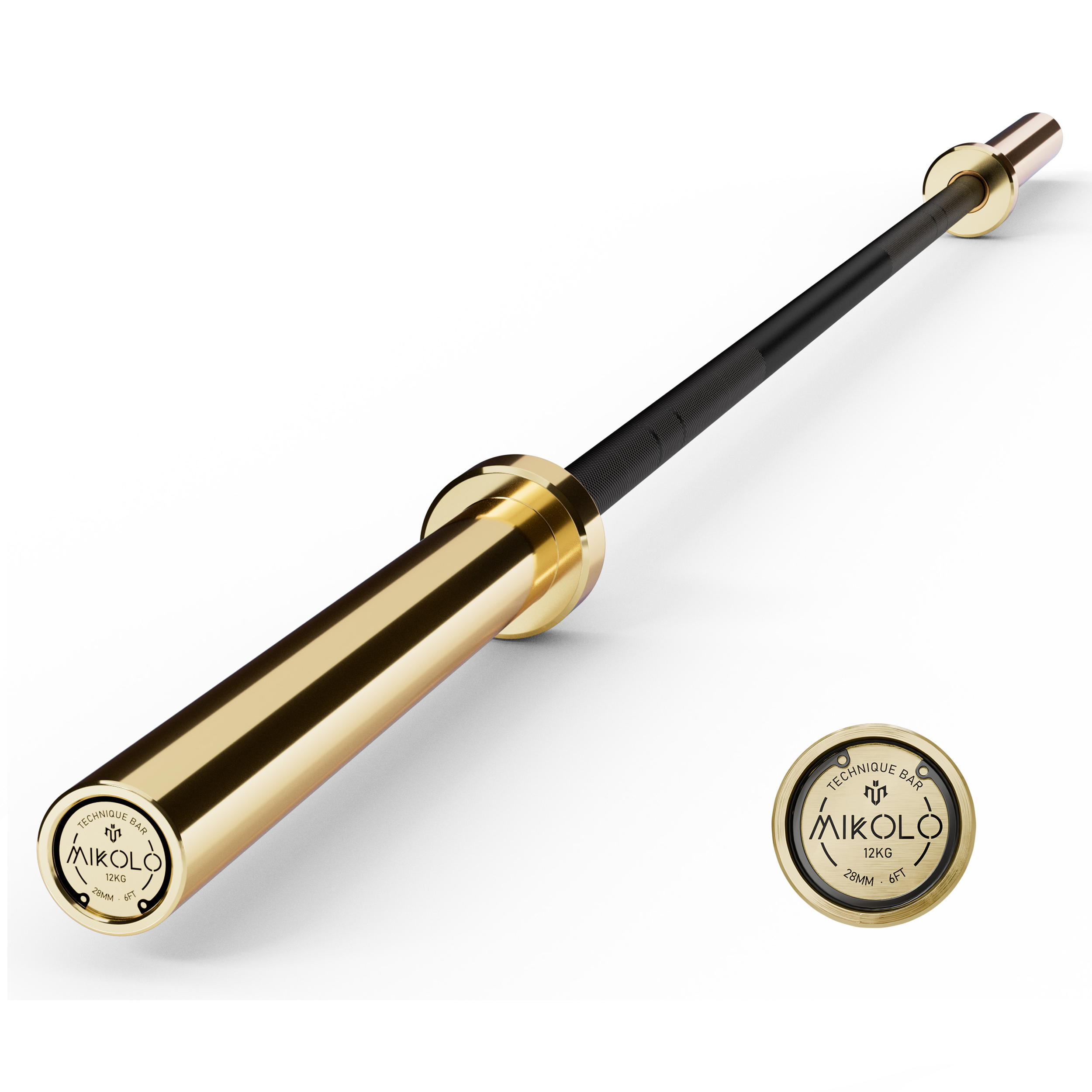
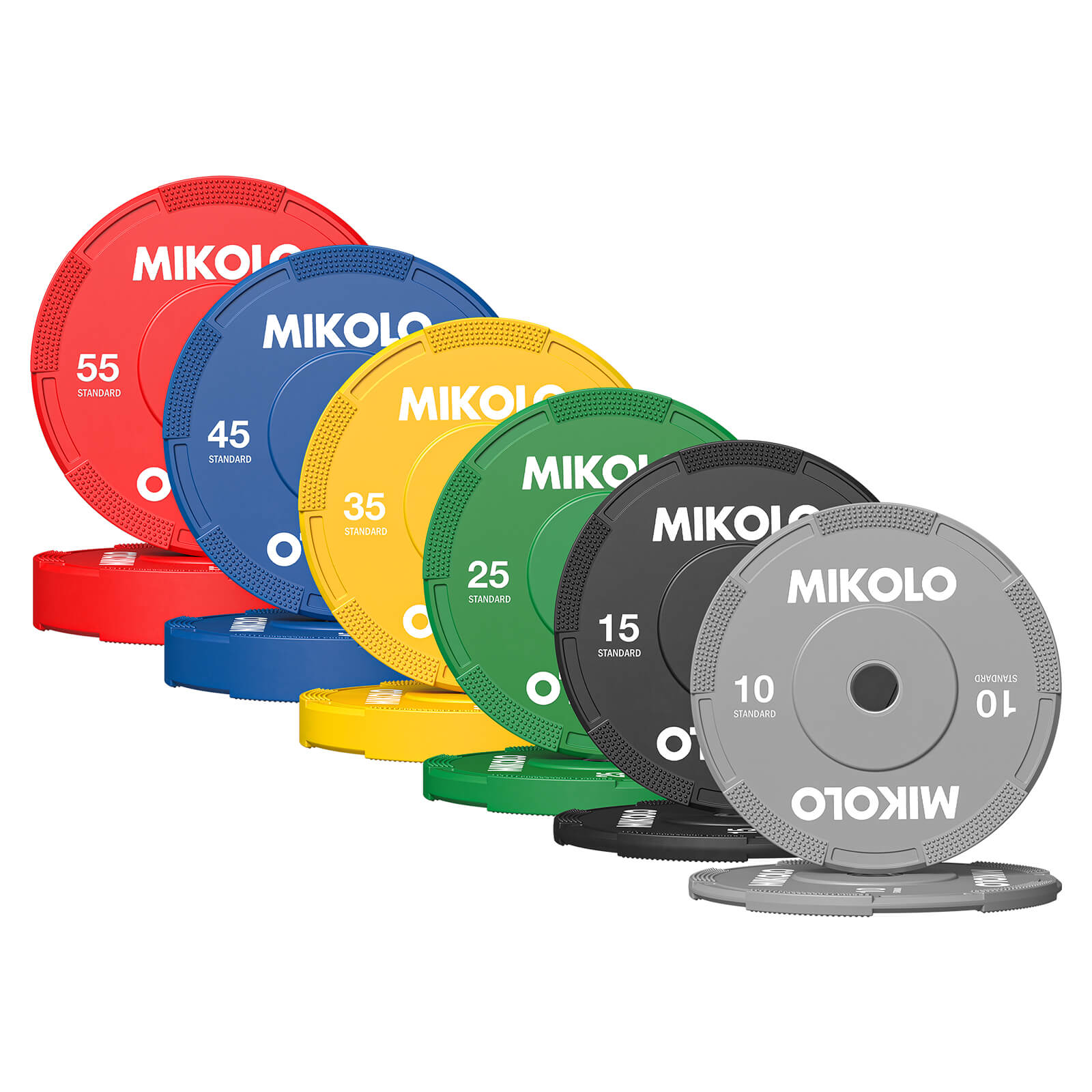
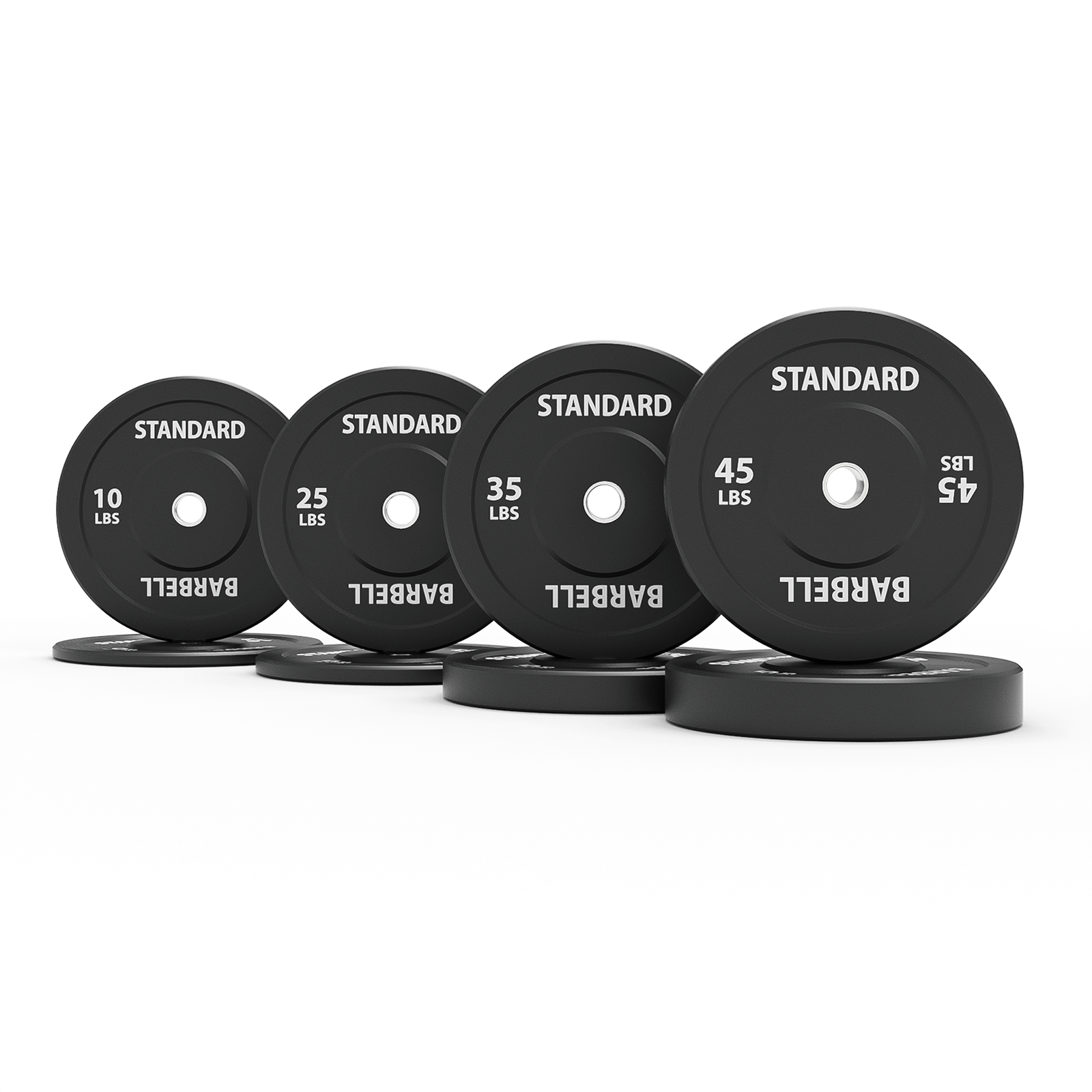
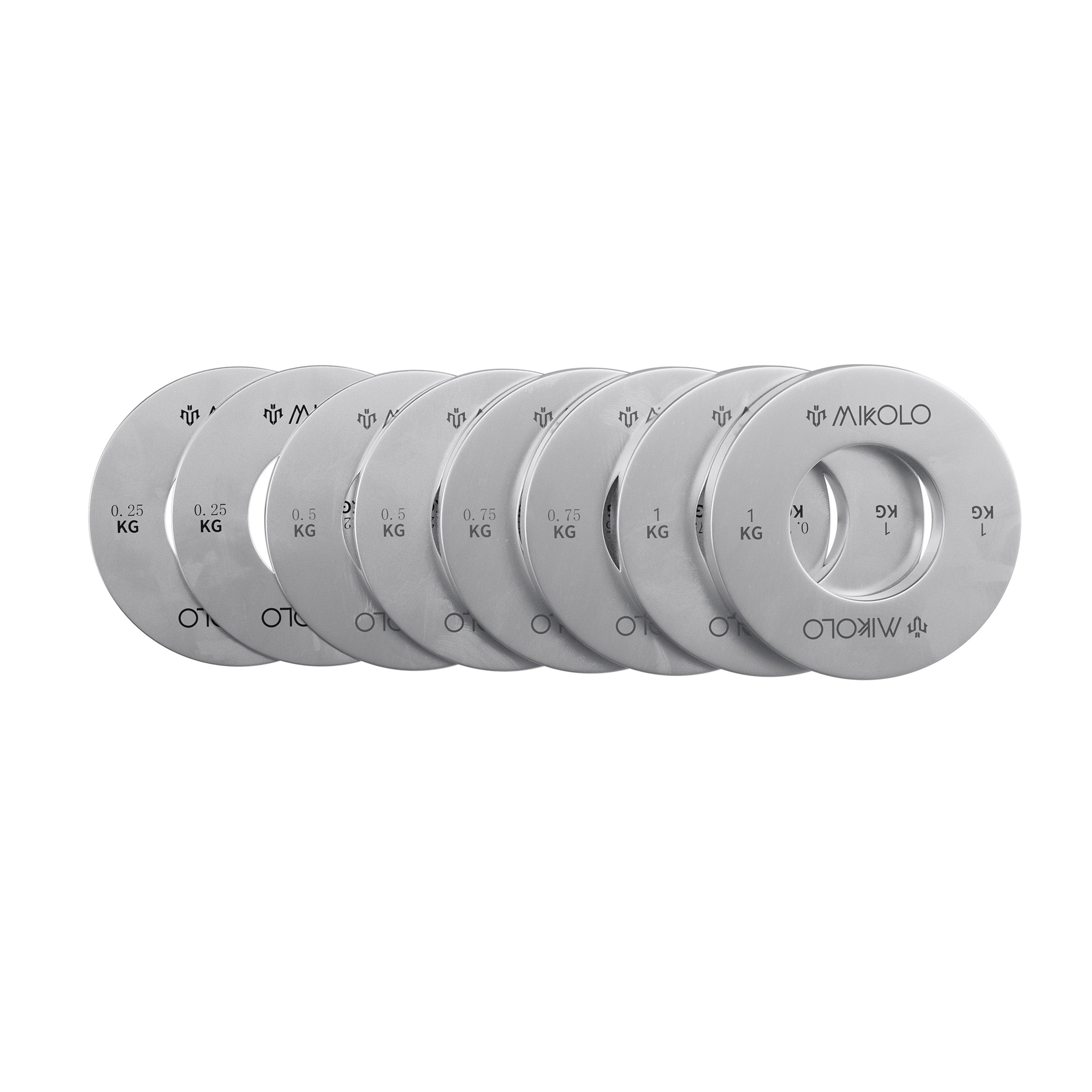
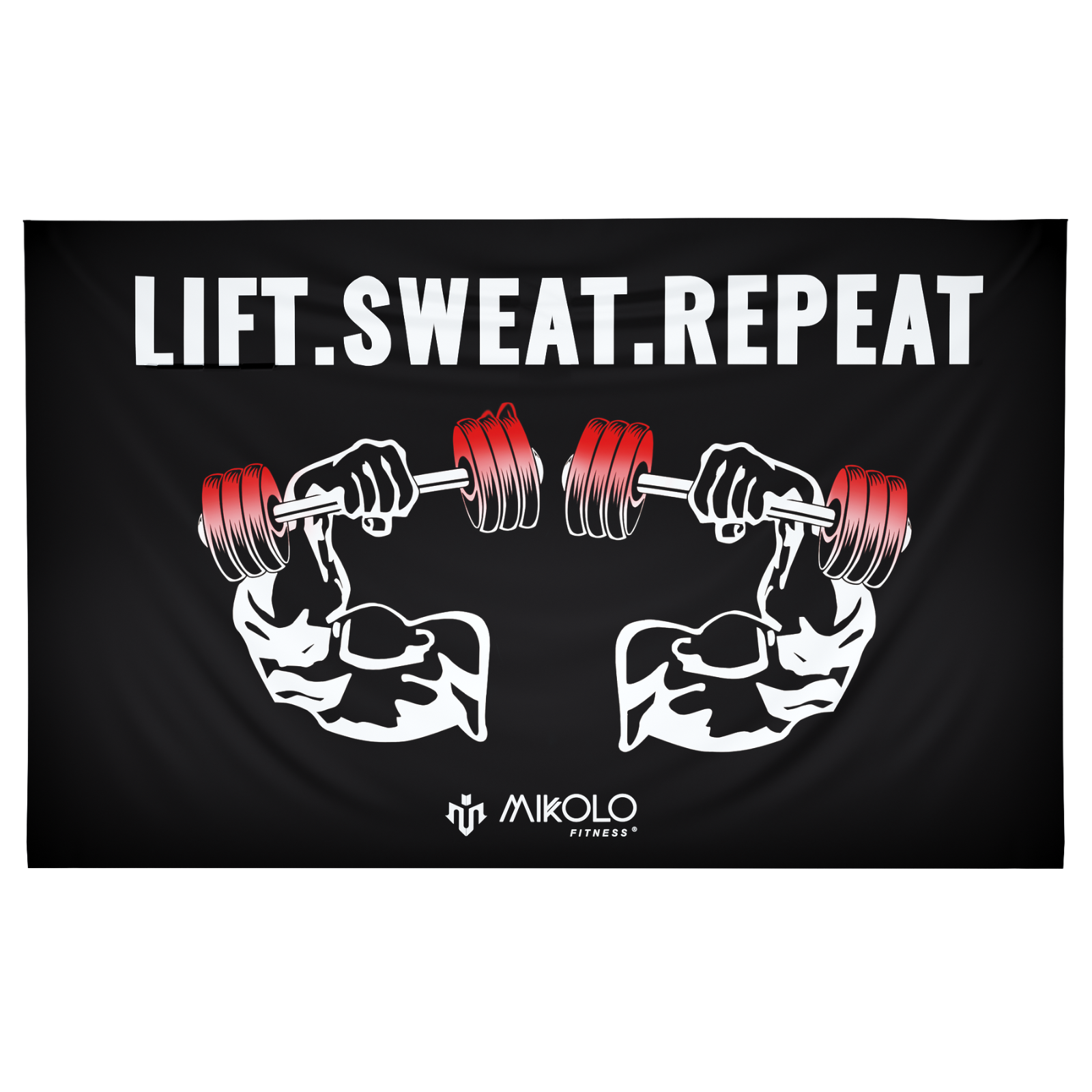
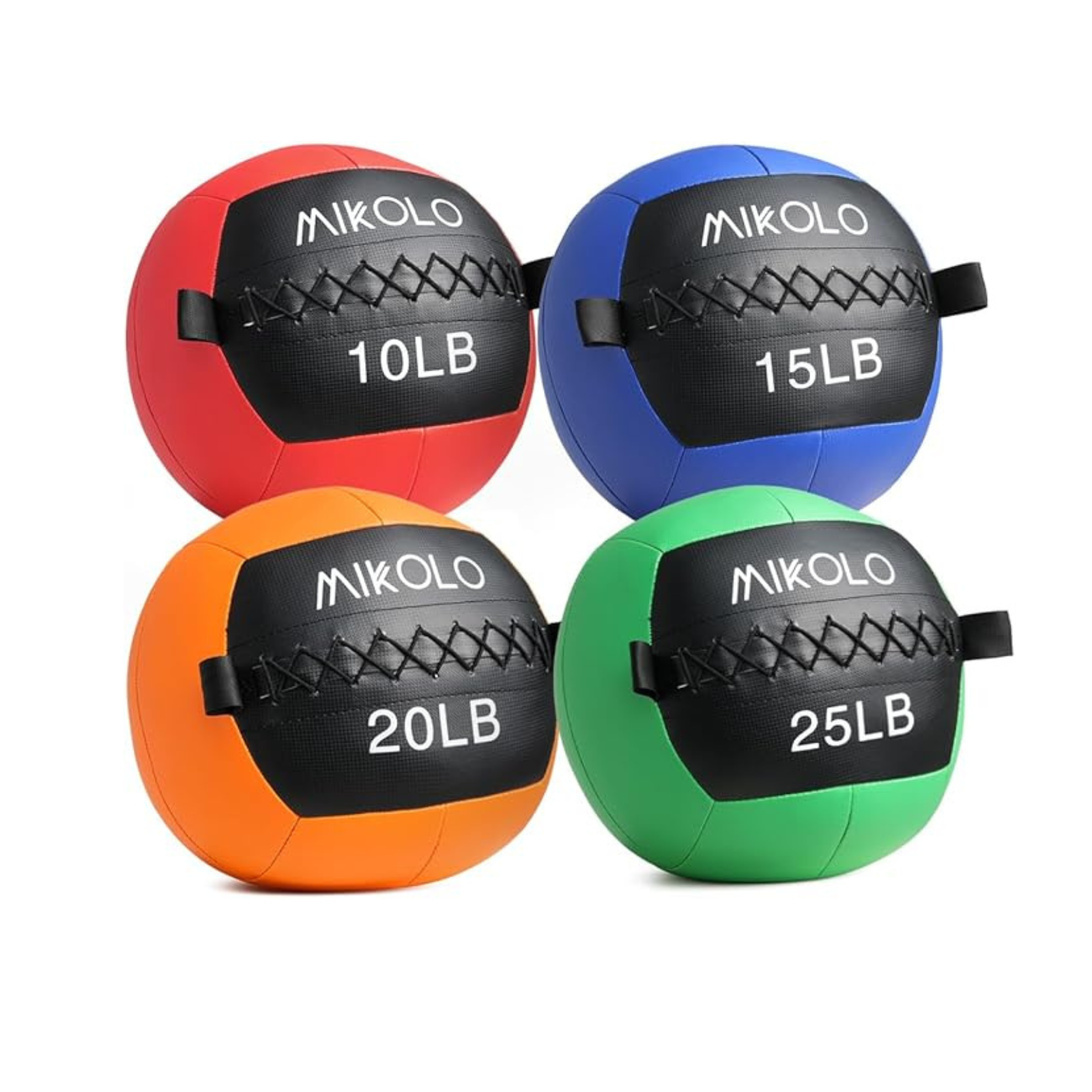
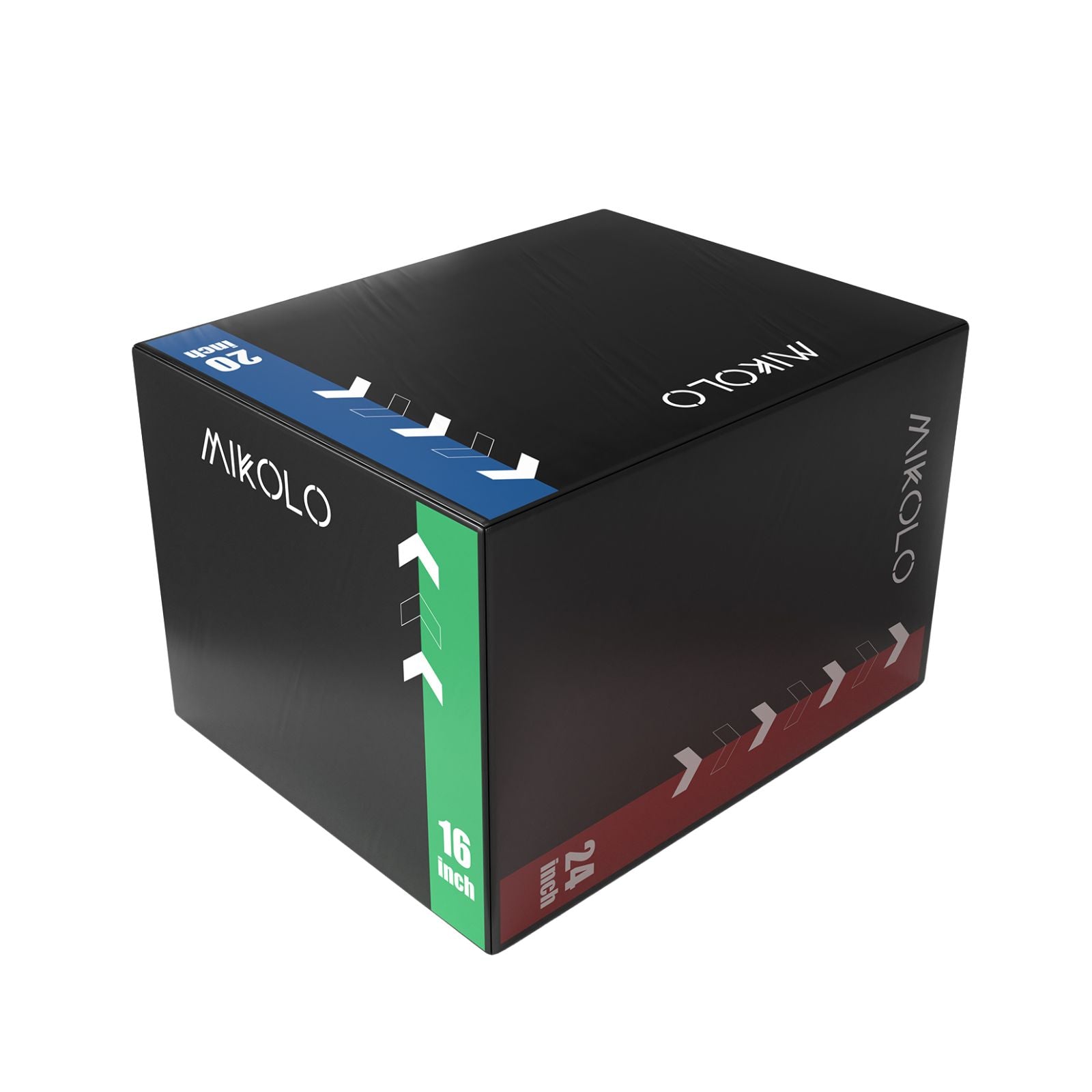
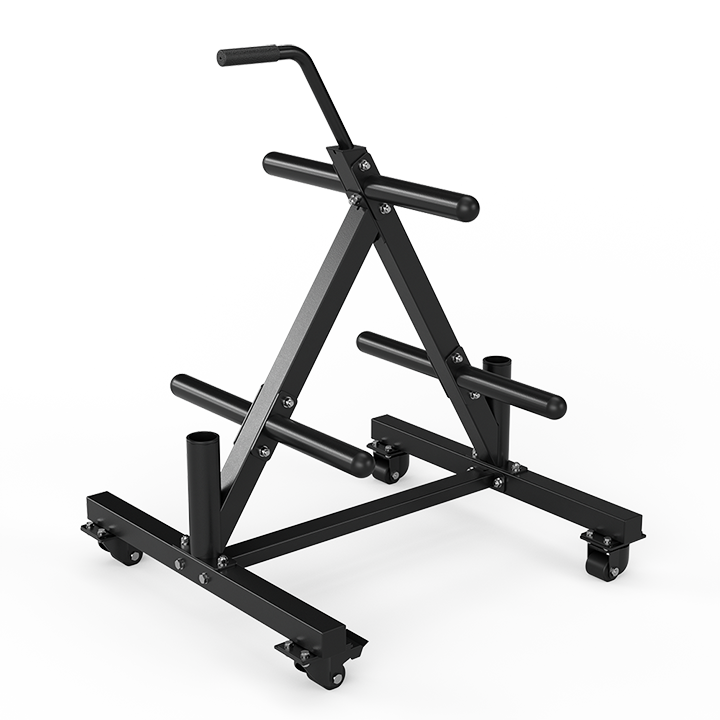
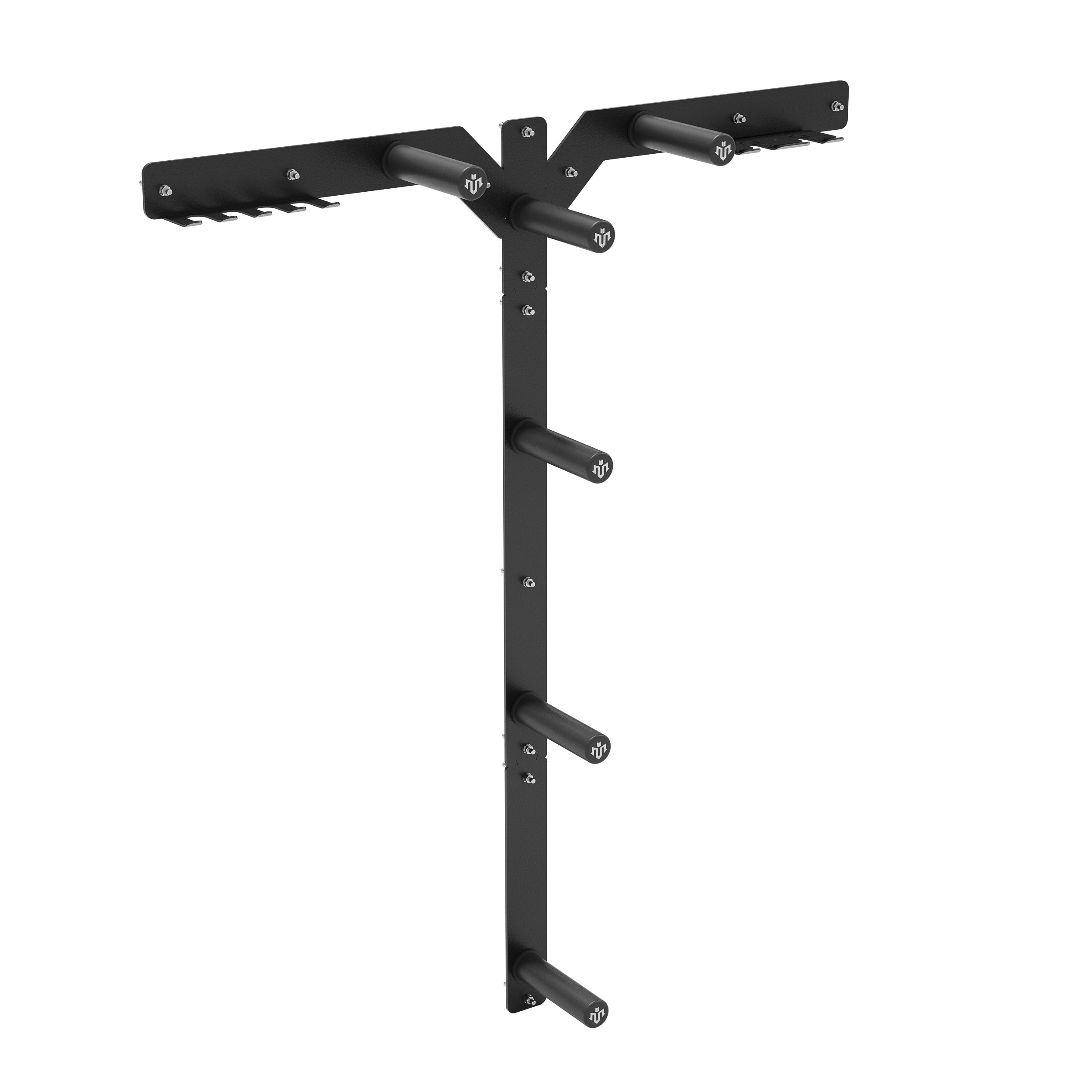
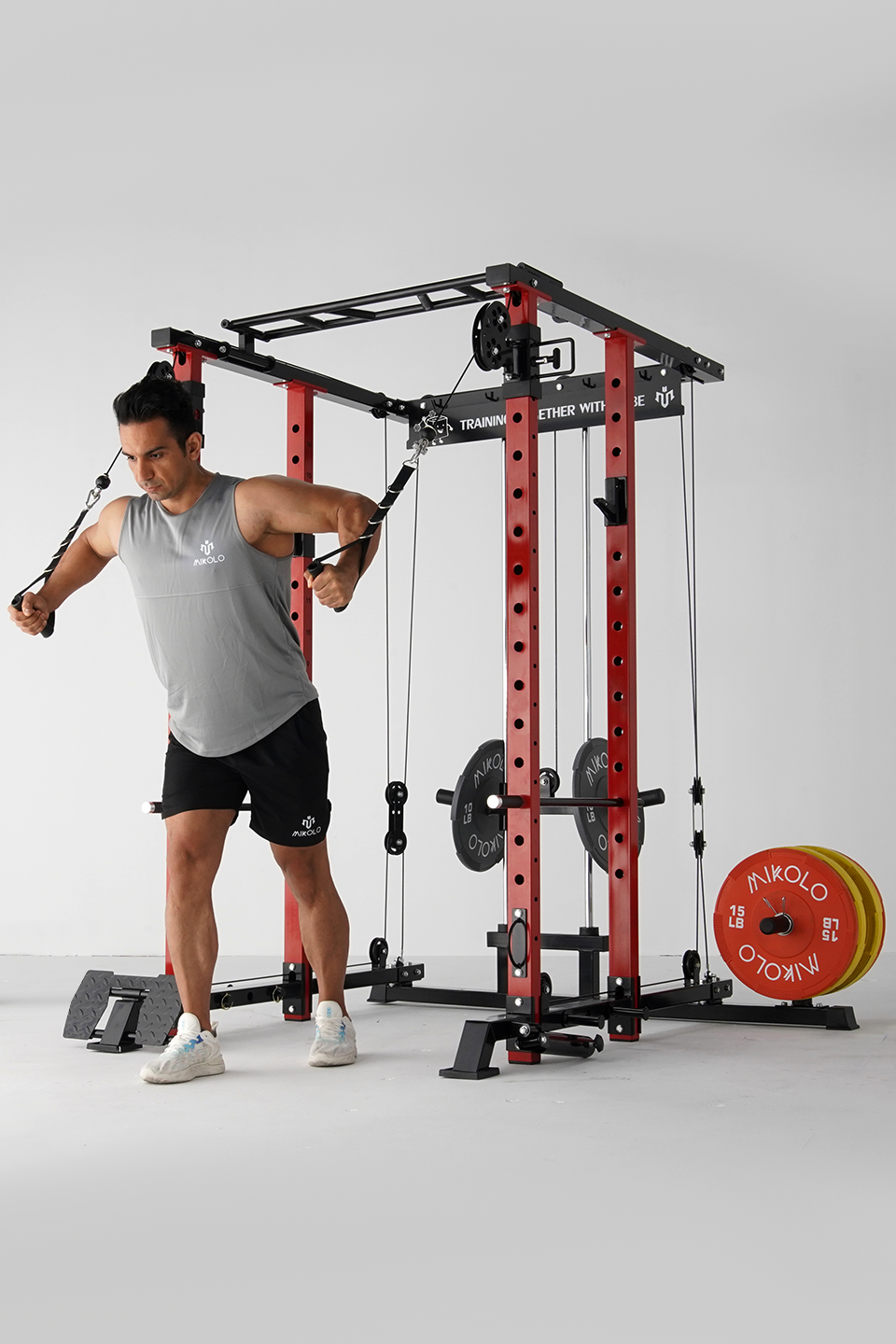
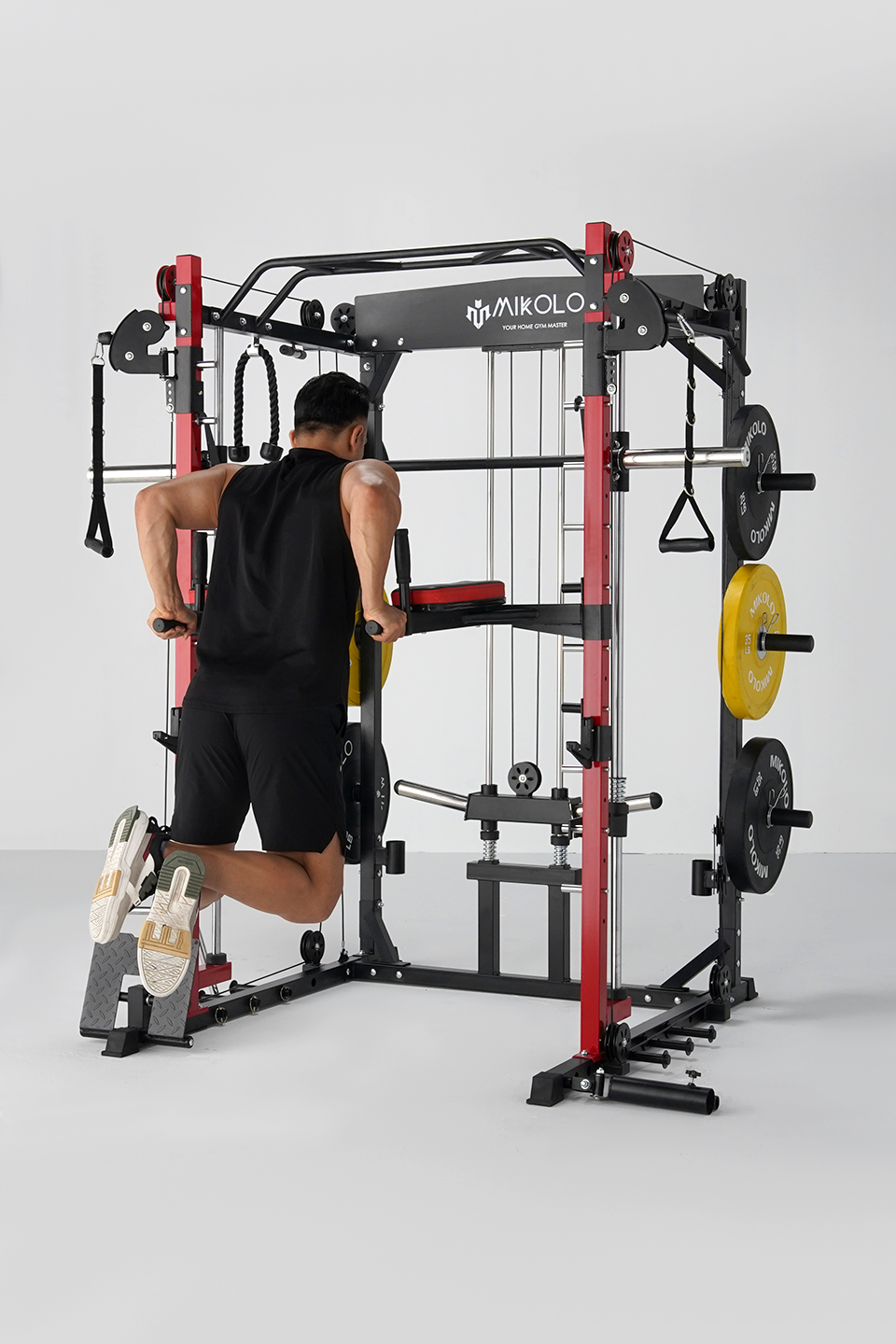


Leave a comment
This site is protected by hCaptcha and the hCaptcha Privacy Policy and Terms of Service apply.